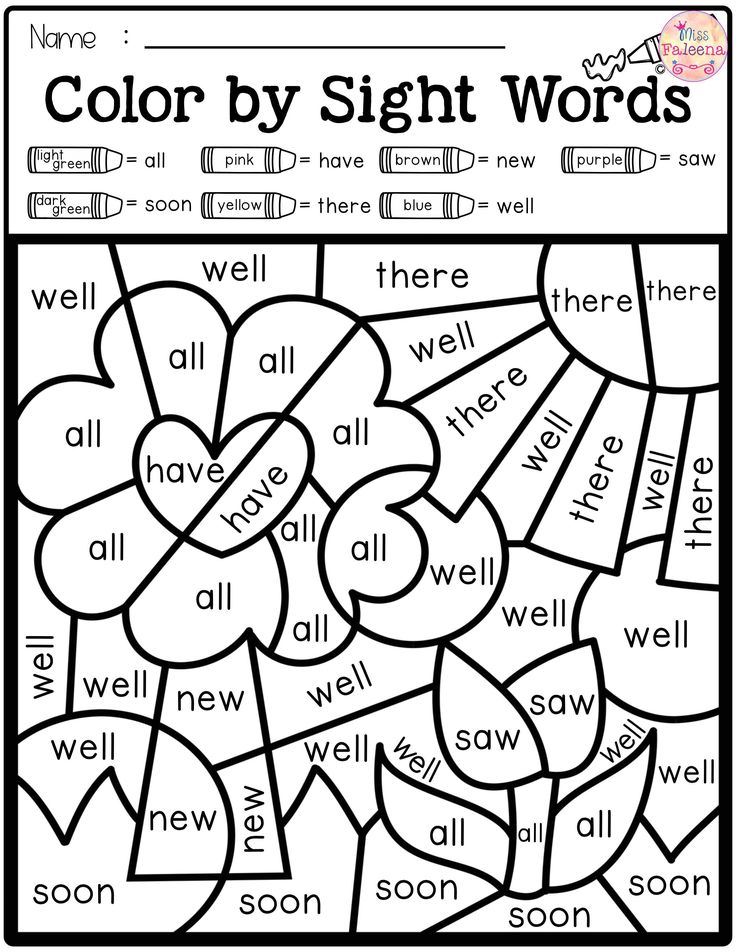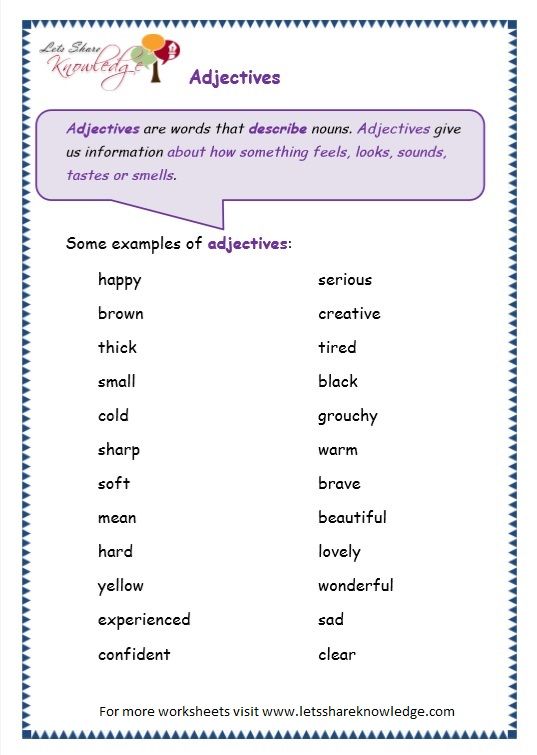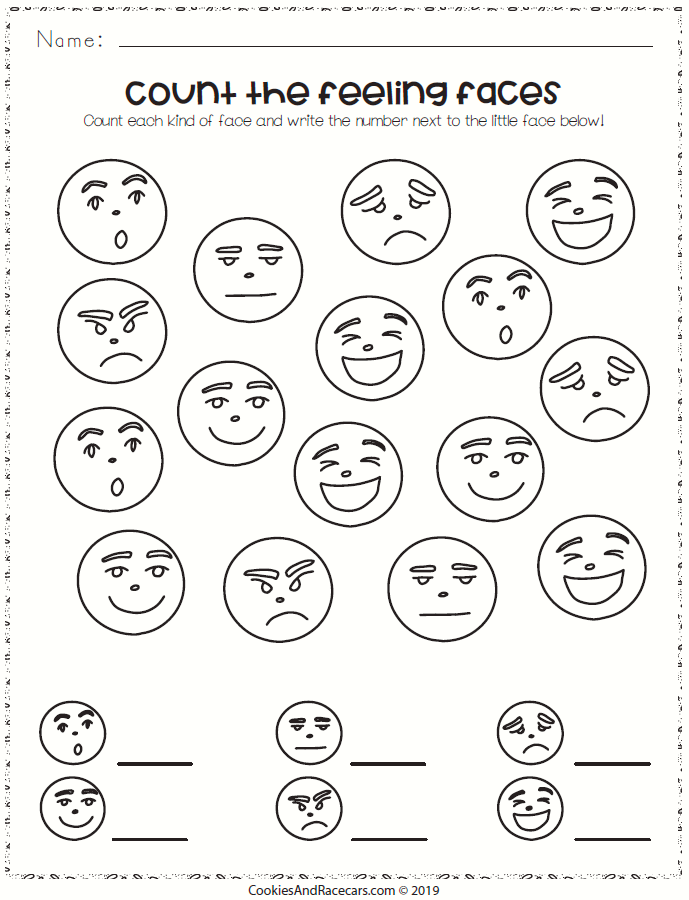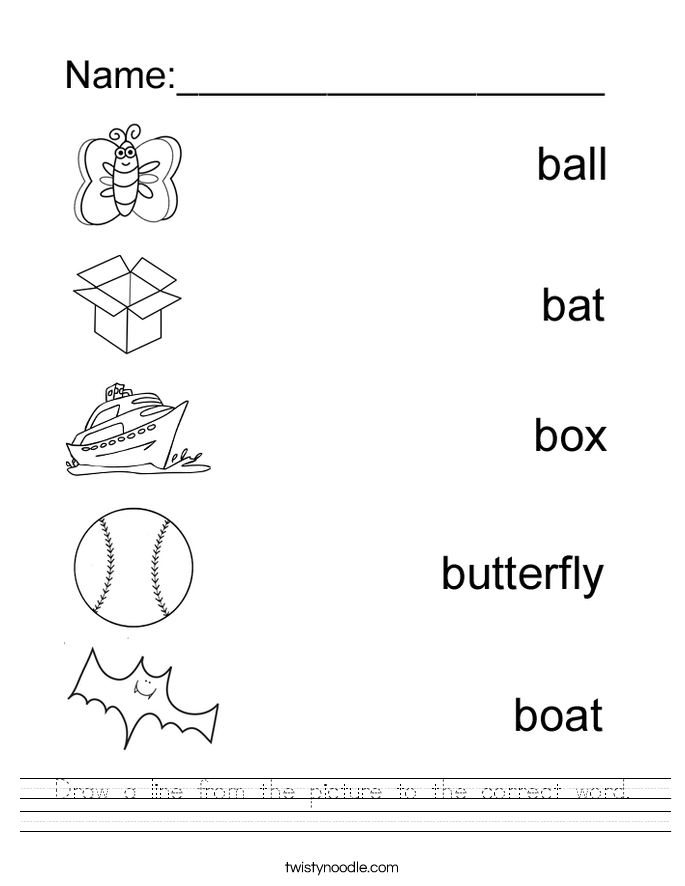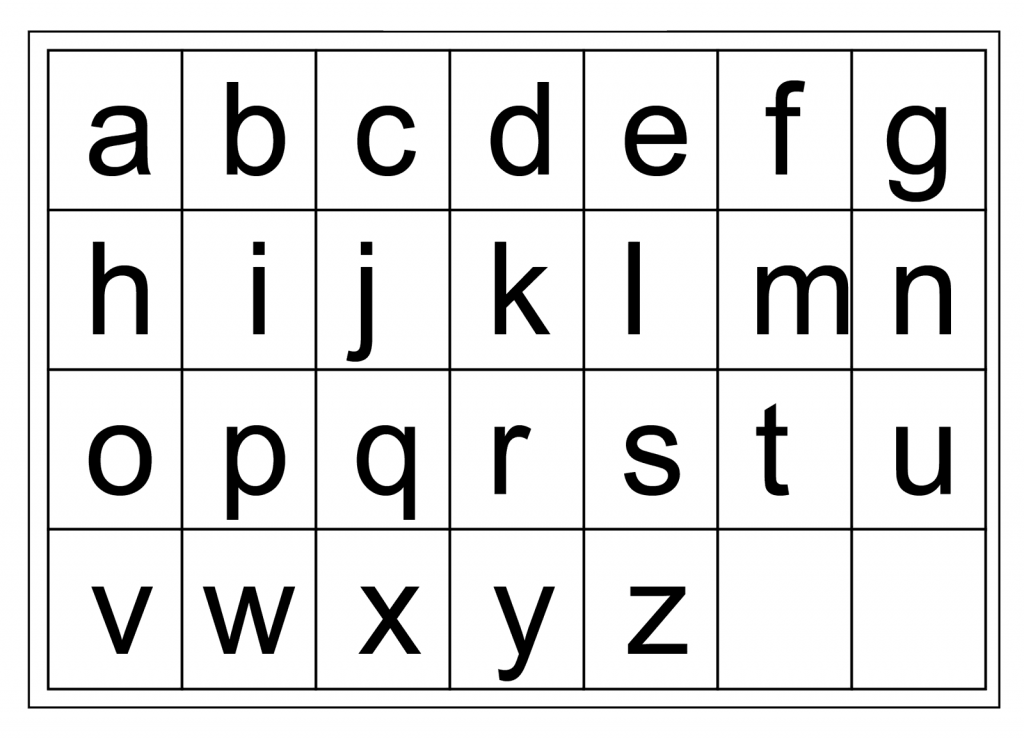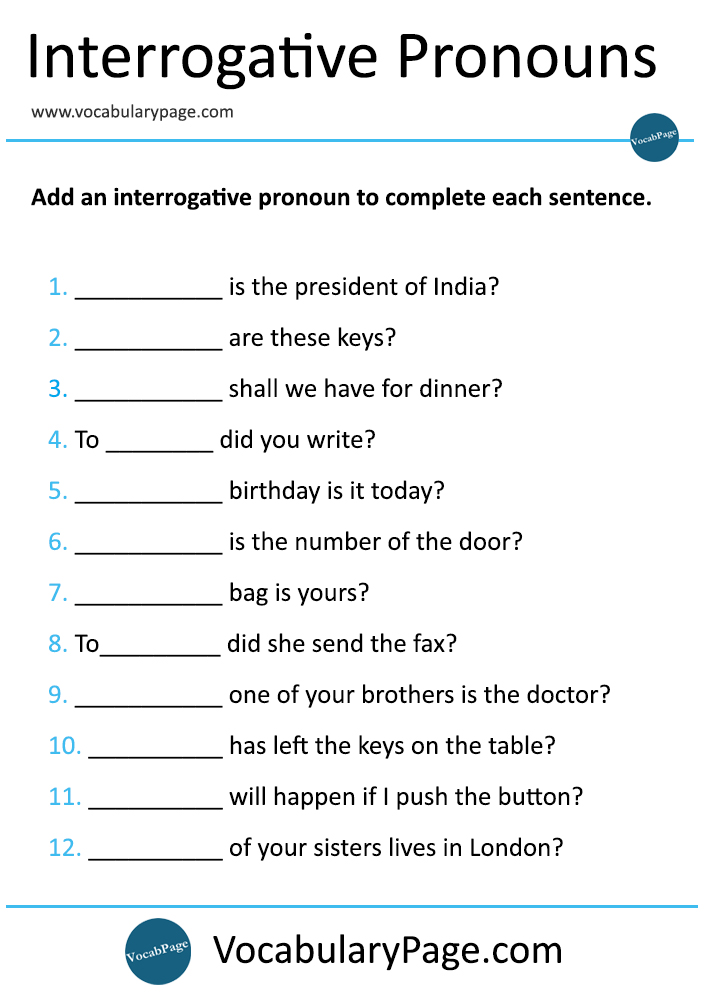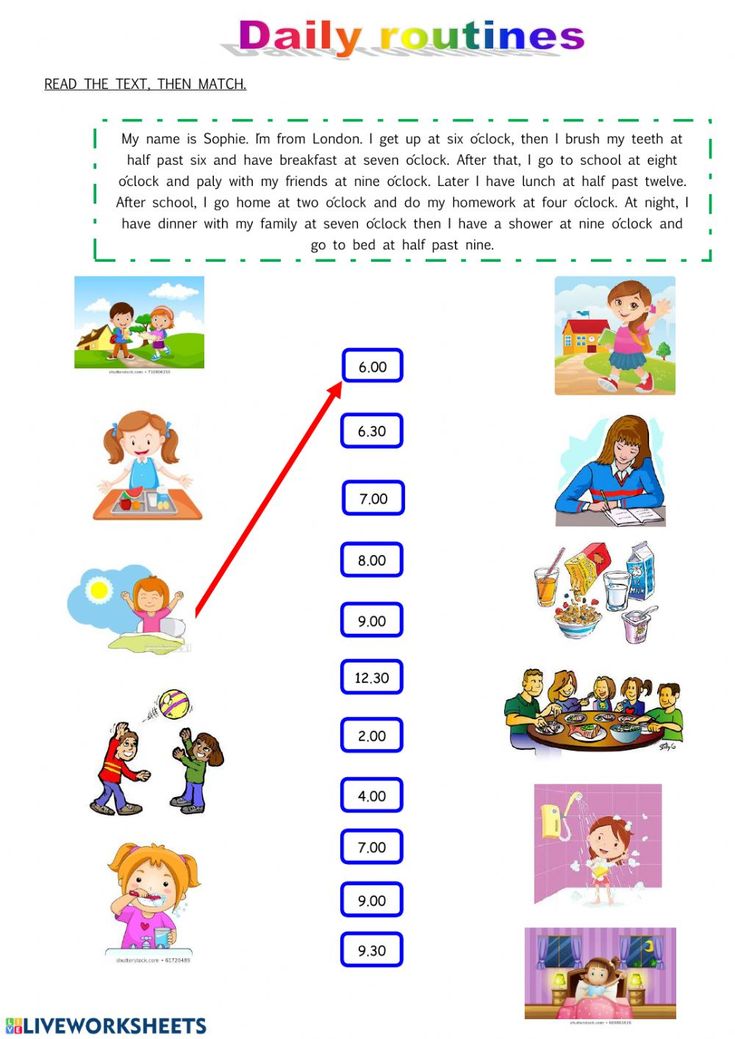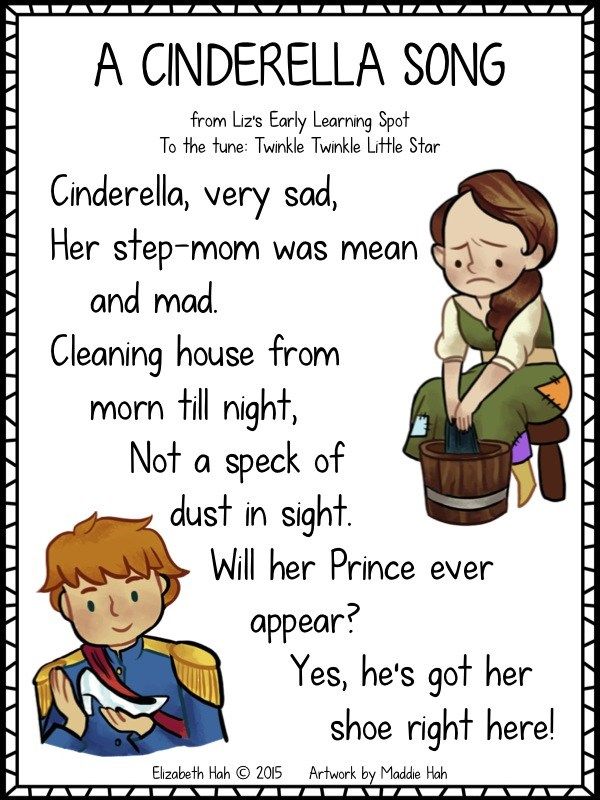Long vowel lists
Long Vowel Sounds: Word Lists & Activities
Phonics | Spelling
ByDelilah Orpi
This post may contain affiliate links, and I will earn a commission if you purchase through these links. Please read the disclosure policy for more details.
Sharing is caring!
12884 shares
- Share
- Tweet
In this post, I’m breaking down long vowel sounds (or long vowel words) to help you teach them when working with struggling readers and spellers.
Looking for long vowel word lists? Download all 5 of my pdf long vowel sounds word lists in my freebies library by joining my email list below.
What is a long vowel sound?
Long vowel sounds are vowels that are pronounced the same as their name. You’ll often hear teachers say that long vowels “say their name”.
Long vowels are very common but they can be tricky because there are so many spellings for each long vowel sound.
There are actually 4 ways to make long vowel sounds:
- Vowels at the end of a syllable make the long sound. For example, in the words me and halo (ha-lo) the vowels are all at the end of a syllable so they make the long sound.
- Silent e makes the previous vowel long. The words bike and phone have a silent e at the end that makes the previous vowel long.
- Vowel teams can make the long sound. Vowel teams work together to make one sound, and usually, it’s a long vowel sound. For example, boat and meat both have vowel teams that make the long sound.
- I or O can be long when they come before two consonants. In words like cold and mind, i and o make a long vowel sound.

Long Vowel Words
Long vowel sound words are words that have vowels that say their name. Below are a few examples:
- Long a – baby, cake, rain, day, they, weigh
- Long e – me, eve, hear, meet, piece, candy
- Long i – silent, bike, light, my
- Long o – go, home, toe, boat, snow
- Long u – music, mule, pew, feud
Long A Sound
The long a sound can be represented by 8 different spelling patterns:
- a – baby
- a_e – cake
- ai – rain
- ay – play
- ei – reindeer
- eigh – weight
- ea – steak
- ey – they
Learn more about teaching the long a sound here, and check out my Long A Words Activities & Worksheets for printable activities.
Long E Sound
The long e sound can be represented by 8 different spelling patterns:
- e – be
- e_e – eve
- ee – meet
- ea – beach
- ei – protein
- ie – piece
- ey – key
- y – candy
For ideas, tips, and tricks when teaching the long e sound, read this post all about teaching the long e vowel sound, and check out my
Long E Words Activities & Worksheets for printable activities.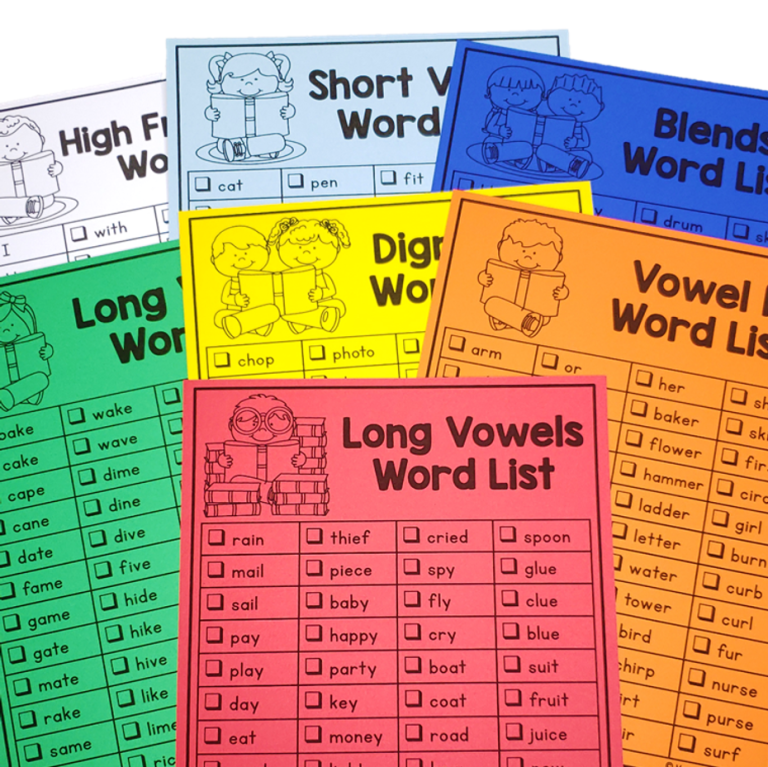
Long I Sound
The long i sound can be represented by 6 different spelling patterns:
- i – silent
- i_e – shine
- ie – pie
- igh – light
- y – my
- y_e – type
You can learn more about teaching the long I sound in this post. And check out my Long I Worksheets set in my shop for printable activities on the long i sound.
Long O Sound
The long o sound can be represented by 5 different spelling patterns:
- o – go
- o_e – phone
- oe – toe
- oa – boat
- ow – snow
You can learn more about teaching long o words and check out my long o worksheets.
Long U Sound
The long u has two sounds: yoo (/y/ /oo/) and oo (/oo/).
The long u sound can be represented by 7 different spelling patterns:
- u – music
- u_e – mule
- ue – rescue
- eu – feud
- ew – few
- oo – food
- ou – soup
Learn more about teaching the long u sound here.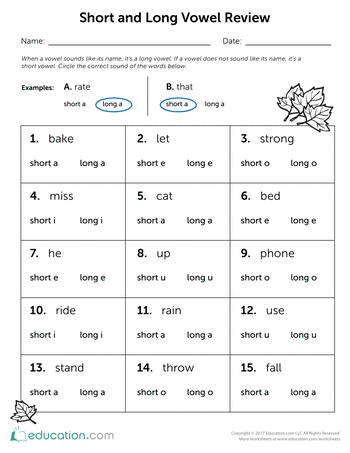
Tips for teaching the long vowel sounds
Teach one spelling pattern at a time!
I don’t mean one vowel sound, but just one spelling pattern. So for example, if you’re working on long a, you would work on the spelling pattern a silent e (cake, same, cave) until students have mastered it, then move on to ai, and so on. You should not be teaching multiple spelling patterns together, even though they make the same sound.
I know that most programs out there combine all the long vowel sound spelling patterns into one lesson, especially in spelling lists, but this does not work for struggling readers. You need to break it down for them and only do one at a time.
Teach the syllable types.
Because syllables have a lot to do with whether vowels make the short or long sound, if students do not already know the 6 syllable types then teach them along with the long vowel sound.
Here are resources for each syllable type:
- closed syllable
- open syllable
- final silent e syllable
- vowel team syllable
- r combination syllable
- consonant le syllable
Use a variety of activities to practice each spelling pattern.
Games, dictation, word sorts, memory or matching with flashcards, word hunts, textured writing, body spelling, and bingo are all fun ways to practice the long vowel sounds.
The main activity that is often overlooked is dictation. It seems so simple but the task involves listening to a word, deciding on the spelling, and transferring that info to written form. These are all skills that struggling readers need to practice.
Teach the spelling generalizations.
Some of the long vowel spelling patterns are spelling rules that make it easy to remember.
For example, ai is usually found at the beginning or middle of a syllable, and ay is usually found at the end of a syllable. [Examples: rain, aim, play, daytime]
Here is another example with long o: oa is usually found at the beginning or middle of a word, and ow is usually found at the end. [Examples: boat, coach, snow]
Long Vowel Word List
I made these word lists to help teach the long vowels.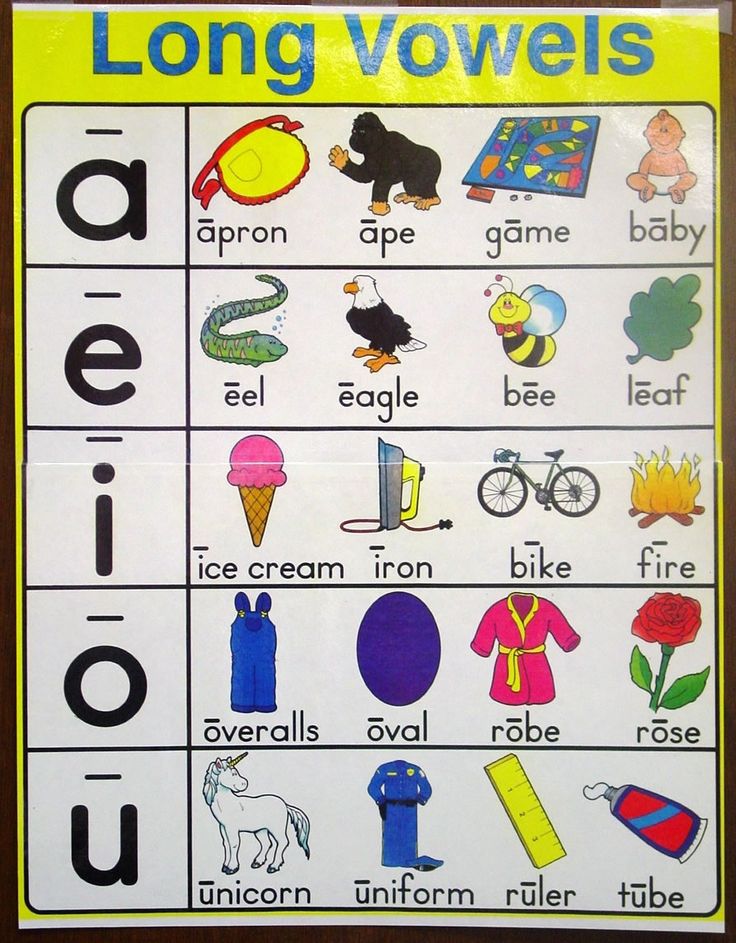 I find it handy to have these on hand when playing phonics games or planning activities for long vowel lessons.
I find it handy to have these on hand when playing phonics games or planning activities for long vowel lessons.
Grab them for free below!
Visit my Teachers Pay Teachers shop to see all my literacy products.Want to remember this? Save Long Vowel Sounds: Word Lists & Activities to your favorite Pinterest board!
Sharing is caring!
12884 shares
- Share
- Tweet
Delilah Orpi
Delilah Orpi is the founder of Thrive Literacy Corner. She has a Bachelor's degree in Special Education, a Master's degree in TESOL, and is a member of the International Dyslexia Association. She is an experienced educator and literacy specialist trained in Orton Gillingham and Lindamood Bell. Delilah creates literacy resources for educators and parents and writes to create awareness about dyslexia and effective literacy instruction based on the science of reading.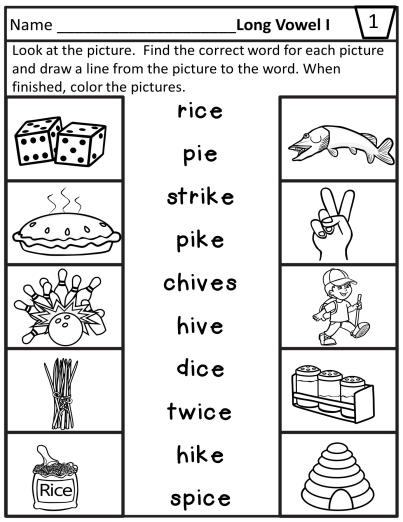
Similar Posts
Phonics | Spelling
Blends and Digraphs: How To Teach Them
ByDelilah Orpi
What are blends and digraphs? And what’s the best way to teach them? There are very common questions I get all the time so in this post, I’m talking all about consonant blends and digraphs, how to teach them, and providing you with some free word lists and resources too! Consonant Blends Consonant blends are…
Read More Blends and Digraphs: How To Teach ThemContinue
Phonics
How To Teach Magic E Words – The Vowel-Consonant-E Syllable
ByDelilah Orpi
Next up in my syllables series is the vowel-consonant-e syllable, also known as CVCe, VCe, Magic E, Silent E, Sneaky E, Bossy E, and a few other fun names.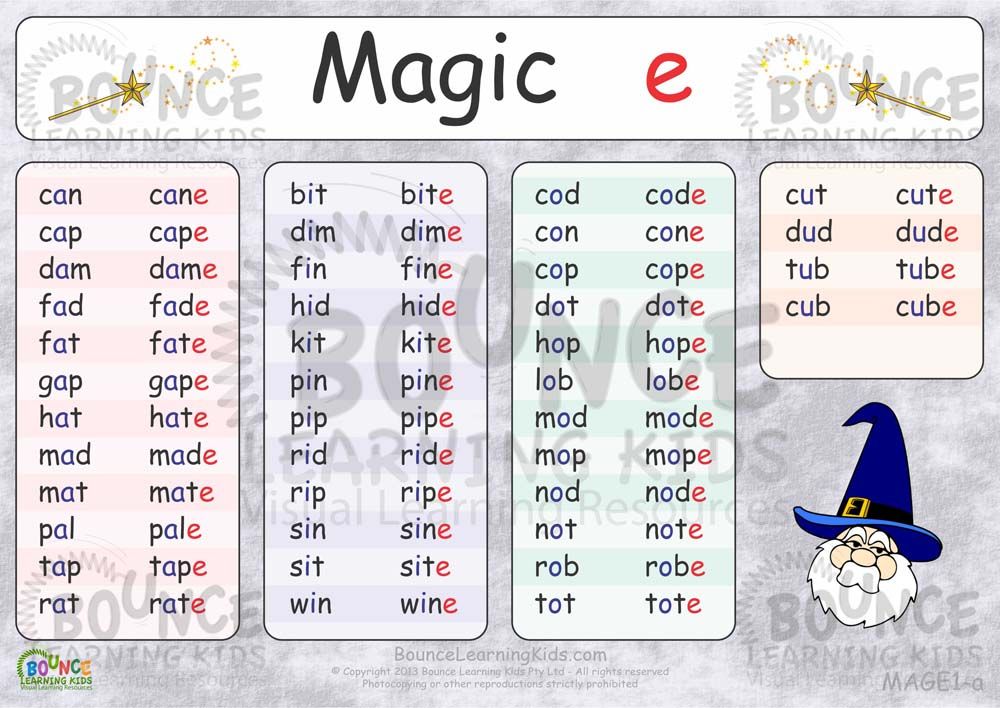 In this post, I’ll explain what the vowel-consonant-e syllable is and how to teach it using multisensory methods so your students can read silent e words….
In this post, I’ll explain what the vowel-consonant-e syllable is and how to teach it using multisensory methods so your students can read silent e words….
Read More How To Teach Magic E Words – The Vowel-Consonant-E SyllableContinue
Phonics
The 6 Types Of Syllables
ByDelilah Orpi
Did you know there is a whole set of syllable rules which tell you exactly how to spell and where to split words so that you can tell what sound a vowel will make? To be able to get to that point, you first need to learn the 6 types of syllables. I am sure…
Read More The 6 Types Of SyllablesContinue
Spelling
Simultaneous Oral Spelling Multisensory Spelling Strategy
ByDelilah Orpi
Simultaneous Oral Spelling, also known as S.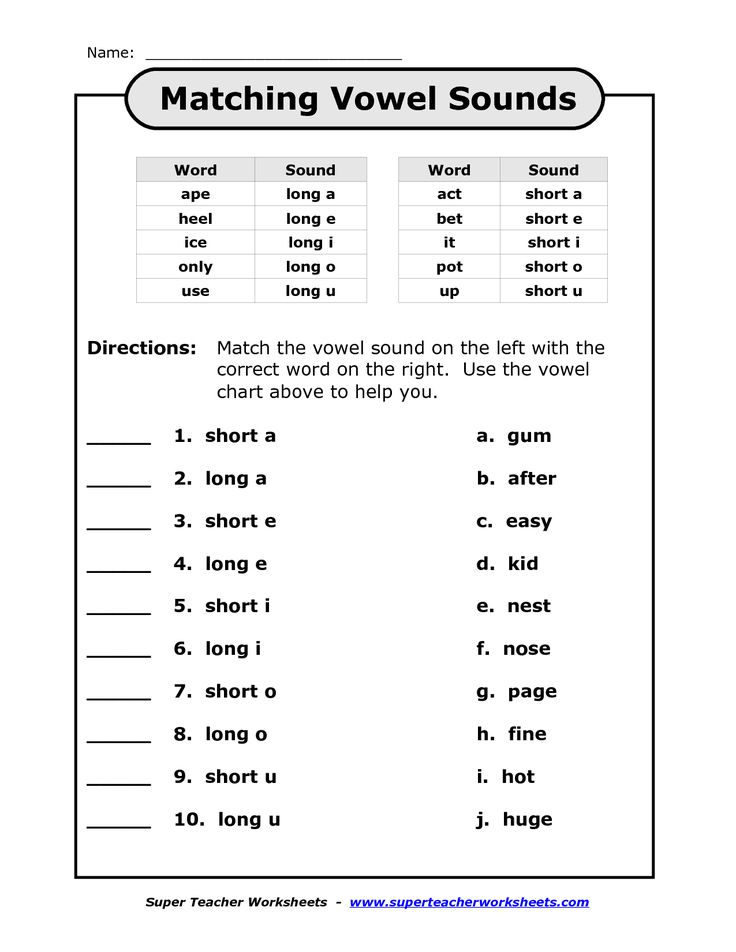 O.S., is a multisensory spelling strategy that is really effective for poor spellers and dyslexics. The strategy builds phonological awareness skills, an area that is often a huge deficit in poor spellers and dyslexics. Research has shown that simultaneous oral spelling is a very effective multisensory spelling method for…
O.S., is a multisensory spelling strategy that is really effective for poor spellers and dyslexics. The strategy builds phonological awareness skills, an area that is often a huge deficit in poor spellers and dyslexics. Research has shown that simultaneous oral spelling is a very effective multisensory spelling method for…
Read More Simultaneous Oral Spelling Multisensory Spelling StrategyContinue
Phonics | Reading Comprehension | Spelling
Reading Assessments To Evaluate Decoding and Encoding
ByDelilah Orpi
Whether it’s the beginning of the school year and you need to perform reading assessments, you’re working with a new student one-on-one, or you’re checking progress mid-year, there are a variety of reading assessments you can choose from to inform your instruction. In this post, I’m sharing my top picks for reading assessments that evaluate…
Read More Reading Assessments To Evaluate Decoding and EncodingContinue
229+ Long A Words (Free Printable List)
Grade 1 | Grade 2 | Long Vowels | Phonics | Vowels
ByKatie
This post may contain affiliate links. Please see our disclosure policy.
Please see our disclosure policy.
Learn all about the long A sound, including the 8 ways to spell long vowel A: a, a-e, ai, ay, ei, ea, eigh, and ey. Learn how to teach long A and get a FREE printable list of words with long A sounds organized by spelling pattern.
Get a new freebie every week!
All About Long A
Teaching students all the different ways to spell long vowels will help them become more independent, confident readers:
- Long a says /ā/ like acorn.
- Long e says /ē/ like equal.
- Long i says /ī/ like ice.
- Long o says /ō/ like ocean.
- Long u says /yoo/ like unicorn, OR /oo/ like ruler.
A is the first vowel I teach, and the long A sound can be spelled using 8 different patterns:
- The most common spellings of long A are A, A-E, AI, and AY.
- Less frequent ways to spell /ā/ are EI, EA, EIGH, and EY.
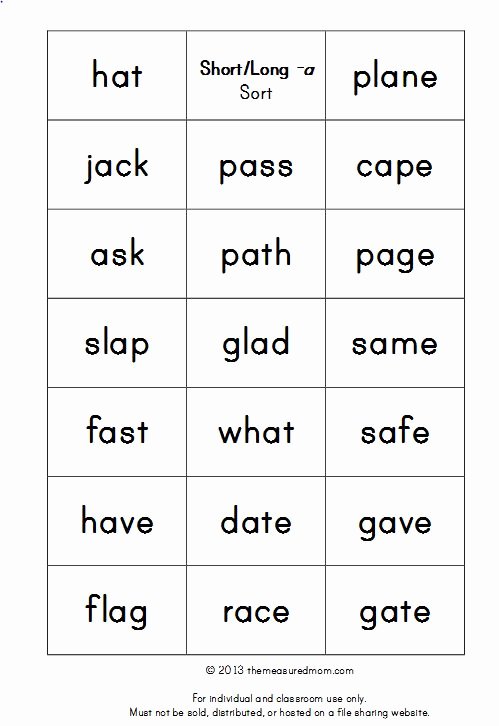
These patterns can be heard at the beginning, middle, or end of words. Long A can be spelled with a silent e, open syllable, or using a vowel team.
👉 For a free, complete, and printable list of 229 long A words, scroll to the bottom of this post and download it. But be sure to read all about long A first!
There are 8 ways to spell long A:
- a like acorn
- a-e like cake
- ai like rain
- ay like day
- ei like reindeer
- ea like steak
- eigh like eight
- ey like hey
Long A Words
Open Syllable Words
The letter A will say its name, or its long sound, when it is the last letter in a syllable. This is called an open syllable.
Long A sound word examples that include open syllables:
| acorn | major | able | navy | patience | apricot |
| bacon | razor | April | native | glacier | ago |
| baby | nature | labor | tomato | mason | naked |
| table | patient | maple | vapor | Katie | Arabia |
| paper | basil | favor | apron | sacred | apex |
| lady | Asia | Jamie | equator | lazy | agency |
| station | nation | acre | volcano | basin | cable |
| radio | potato | stable | agent | label | quotation |
| famous | crazy | Amy | Jason | basis | cradle |
| David | basic | range | tornado | Caleb | radiant |
A-E Words (Long A Silent E)
The letter A will say its name when it follows a Vowel-Consonant-e (VCe) pattern. The E is magic, stays silent, and it makes the A say its name.
The E is magic, stays silent, and it makes the A say its name.
That is why we hear the long A sound in these words. This spelling pattern is used at the end of base words.
Long A silent E words:
| cake | age | rate | gate | awake | flame |
| make | lake | race | stage | slave | cape |
| came | case | wave | tale | whale | sale |
| take | safe | save | brave | date | trace |
| place | shape | trade | hate | shade | phrase |
| same | gave | plane | grade | ate | chase |
| name | state | cave | base | frame | pace |
| face | space | ape | cage | parade | escape |
| page | game | Jane | pale | male | create |
| late | blame | snake | plate | cane | became |
AI Vowel Team Words
The vowel team AI is another way to spell long A.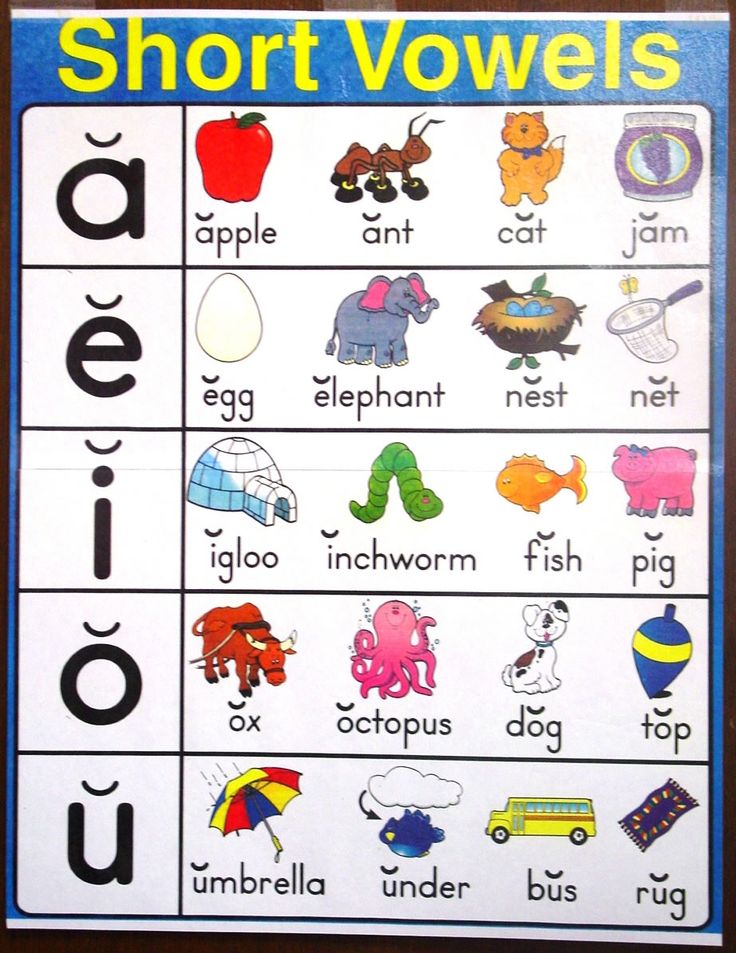 This is a spelling that usually comes in the middle of words.
This is a spelling that usually comes in the middle of words.
I teach my students this jingle: “A-I in the middle says /ā/.” Make sure you say the letter names “A” and “I” when saying the jingle.
It is common to teach this spelling along with the vowel team AY (keep on reading below!).
Common words with long A in the middle, using the vowel team AI:
| rain | plain | sail | gain | contain |
| wait | paid | detail | faint | faith |
| afraid | laid | grain | pail | fail |
| main | trail | remain | jail | maid |
| tail | raise | chain | aid | snail |
| train | brain | nail | strain | |
| explain | pain | daily | claim | railroad |
| paint | dairy | Spain | waist | tailor |
AY Vowel Team Words
The vowel team AY is another way to spell long A, and this pattern is used at the end of base words.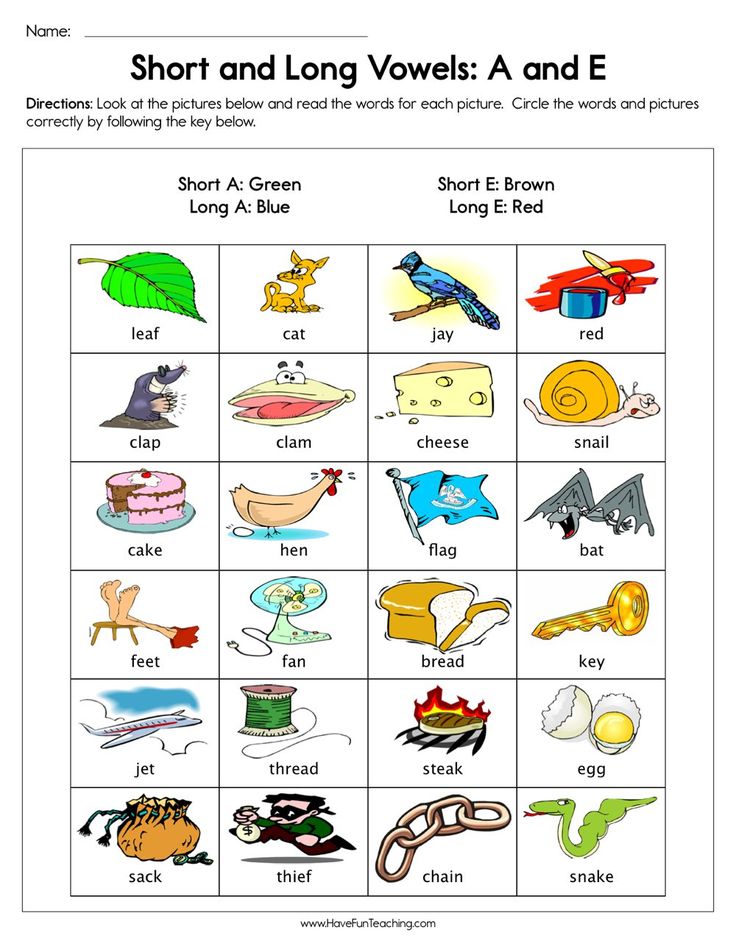 I use this jingle with my students: “A Y at the end says /ā/.” (Again, make sure you say the letter names “A” and “Y” when saying the jingle.)
I use this jingle with my students: “A Y at the end says /ā/.” (Again, make sure you say the letter names “A” and “Y” when saying the jingle.)
The great thing about this vowel team is that if they hear /ā/ at the end of a base or root word, it will most likely be spelled with AY.
Common words with long A at the end, using the vowel team AY:
| day | hay | bay | mayor | decay |
| way | stay | pray | maybe | display |
| away | lay | stray | always | subway |
| may | pay | Sunday | yesterday | sway |
| say | gray | highway | payment | betray |
| today | spray | essay | birthday | repay |
| play | okay | crayon | holiday | playmate |
| ray | clay | relay | anyway | beltway |
EI, EA, EIGH, & EY Words (Vowel Teams)
These next four vowel teams are not commonly used to spell the long A sound.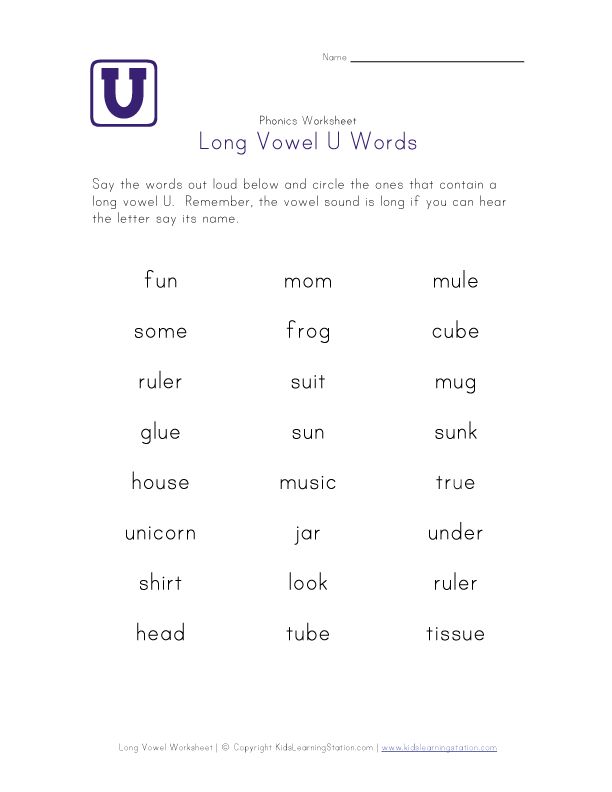 Be sure students have mastered the first four most common spellings for Long A before introducing these patterns.
Be sure students have mastered the first four most common spellings for Long A before introducing these patterns.
Words with Vowel Team EI to spell long A:
- reindeer
- rein
- vein
- veil
- reign
- beige
Words with Vowel Team EA to spell long A:
- steak
- break
- great
- yea
- breakup
- outbreak
Words with Vowel Team EIGH to spell long A:
- eight
- eighty
- eighteen
- weigh
- weight
- neighbor
- freight
- sleigh
- neigh
Words with Vowel Team EY to spell long A:
- hey
- they
- obey
- grey
- prey
- survey
- convey
- disobey
Tips & Suggestions
- Before teaching long vowels, students should have a firm command of the five short vowel sounds, including all consonants, blends, and digraphs.
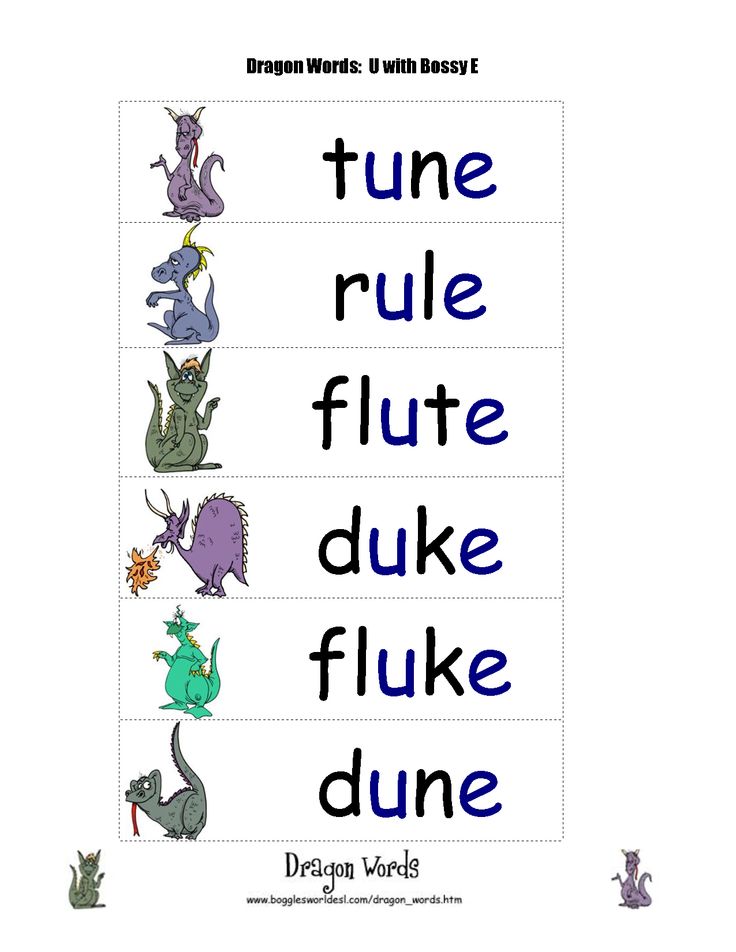
- Be sure to explicitly teach these long A patterns one at a time, in sequential order.
- Use a variety of activities to teach these long A spellings! Hands-on activities and multisensory activities are best.
- Get the rest of the printable Long Vowel Word Lists: Long E, Long I, Long O, and Long U!
Related Posts
- Long Vowel Anchor Chart
- Printable Long & Short Vowel Sorts
- 30 Tips for Teaching Letters & Sounds
Subscribe and Never Miss a Freebie!
Download & Print
How is it going teaching the long vowel A? We’d love to get your feedback! Tag us on Instagram @LiteracyLearn or comment below to let us know how you’re using the words on this list.
TERMS: All resources and printables are designed for personal use only in your own home and classroom. Each person must visit this site and download their own free copy. Please do not photocopy, email, or reproduce our printable resources for other teachers, and please do not reproduce our printables on the web or save them to a shared drive. Instead, please share the resources with others by using the social share links provided or by distributing the link to the blog post itself. This allows us to keep making free resources for everyone! If you have any questions, please email us. Please see our Creative Credits page for information regarding the licensed ClipArt used in our resources. Thank you!
Please do not photocopy, email, or reproduce our printable resources for other teachers, and please do not reproduce our printables on the web or save them to a shared drive. Instead, please share the resources with others by using the social share links provided or by distributing the link to the blog post itself. This allows us to keep making free resources for everyone! If you have any questions, please email us. Please see our Creative Credits page for information regarding the licensed ClipArt used in our resources. Thank you!
Pronunciation of long and short English vowels
If there is the most terrible beast in English phonetics, then for the vast majority of us it is English vowel sounds, or rather their duration. The main reason long and short vowels in English give us so much trouble is simple - we don't understand them. We do not understand how to pronounce them correctly and how to confidently distinguish them in speech. We can be understood, because the duration of the sound is a subjective thing. Do not measure it with a stopwatch! Do the British themselves rely solely on the duration of the sound? Of course not!
Do not measure it with a stopwatch! Do the British themselves rely solely on the duration of the sound? Of course not!
Struggling for quality
First, all English vowels differ qualitatively. For a beginner, this difference may not be obvious, however, the more clearly you remember this fact, the faster you will learn to determine this qualitative difference. Pay attention to the transcription of short [ɪ] and long [iː] English "and". Yes, a colon is added to the long sound, but the main character is not the same - precisely in order to reflect the difference in the quality of the sound, and not just in its longitude. Here, however, there are several unpleasant nuances at once.
First, a lot depends on transcription. There are several systems of phonetic transcription. Here we are talking about IPA (International Phonetic Alphabet), the most authoritative system in the world and generally accepted in Russia. But even in the IPA, for the time being, both long and short English "and" - more precisely, their basis - were denoted by the same symbol.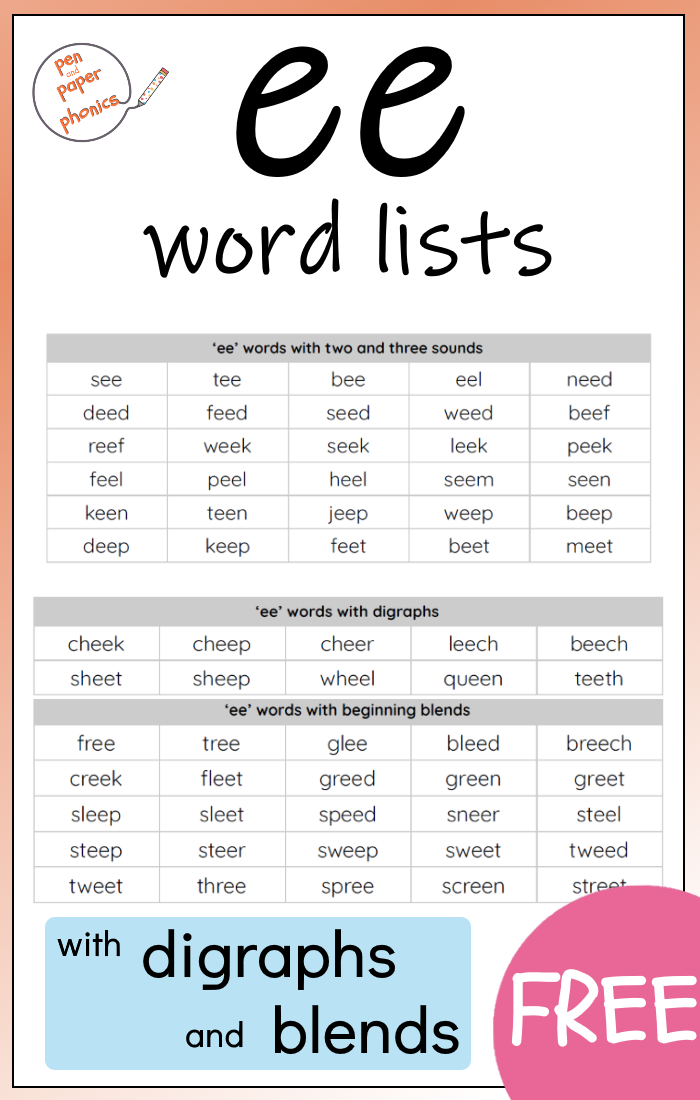
Secondly, the degree of this qualitative difference itself varies greatly for different vowel pairs. For example, if the long "a" in "cart" is radically different from both "cut" and "cat" and "cot", then the difference between "pool" and "pull" is not so pronounced.
Thirdly, regional accents further confuse the situation (and there are hundreds of them in England alone). The Scots, for example, distinguish between "pool" and "pull" solely by context, that is, even the length of the sound they have in this pair is the same.
A look through the looking-glass: lax and tense
And what to do now? Look at the problem from the other side, from English! To be fair, the English also sometimes refer to their vowels as long and short. However, in more or less academic sources, vowels are divided not into long-short ones, but into "lax" and "tense", i.e. relaxed and tense. Now we will figure out what in this case relaxes and tenses.
Keep in mind that if you pronounce long and short vowels correctly, it will be much easier for you to distinguish them by ear.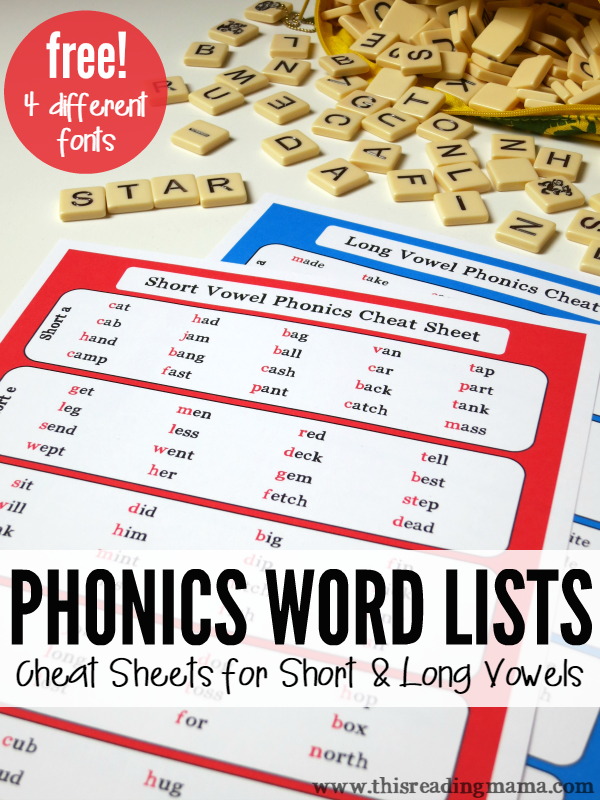 Now, the main reason for the problems and misunderstanding of English vowels is that we think of them as long and short. But how else to think about them, if they are long and short, you ask. “They told us about it at school,” right? Strictly speaking, the duration of "long" vowels can vary widely, so that even the term itself is not entirely accurate. Much worse, however, is that we are trying to artificially lengthen or shorten these vowels. And folk wisdom says: if you have to imitate, then something is wrong.
Now, the main reason for the problems and misunderstanding of English vowels is that we think of them as long and short. But how else to think about them, if they are long and short, you ask. “They told us about it at school,” right? Strictly speaking, the duration of "long" vowels can vary widely, so that even the term itself is not entirely accurate. Much worse, however, is that we are trying to artificially lengthen or shorten these vowels. And folk wisdom says: if you have to imitate, then something is wrong.
Bubbles and colors
We have already noted that the correct position of the tongue often automatically leads to the correct pronunciation. Developing this thought, the length or brevity of the vowel is an effect, not a cause.
So, the first thing to do is to bring the tongue into the correct position. The analogy with a hot potato in your mouth is appropriate, just place the potato not on the tip of the tongue, but closer to the root. Let me remind you that as much as this situation is unusual for us, it is just as natural for the British. That is, the tongue should be relaxed in this position (remembered about "lax"). Now imagine a bubble rising from the bottom of the lake. The sound made by the bursting bubble is as short as possible - bang! - as soon as it touches the surface of the water, the pressure inside the bubble instantly dissipates. Short vowels are pronounced similarly - put, book, cut, bit, etc. To maintain the sound of such a vowel, no additional effort is applied - this is "lax".
That is, the tongue should be relaxed in this position (remembered about "lax"). Now imagine a bubble rising from the bottom of the lake. The sound made by the bursting bubble is as short as possible - bang! - as soon as it touches the surface of the water, the pressure inside the bubble instantly dissipates. Short vowels are pronounced similarly - put, book, cut, bit, etc. To maintain the sound of such a vowel, no additional effort is applied - this is "lax".
When pronouncing long vowels - on the contrary - air pressure on the ligaments maintains the sound for some time. In this case, at the root of the tongue you will feel a slight tension. These two moments are "tense". Thanks to them, the sound acquires a noticeably more pronounced character than that of short vowels. You can compare this to the color saturation of paints - "tense" colors are bright and saturated, while "lax" colors are closer to shades of gray.
Whoever seeks is always
Work on pronunciation is a search.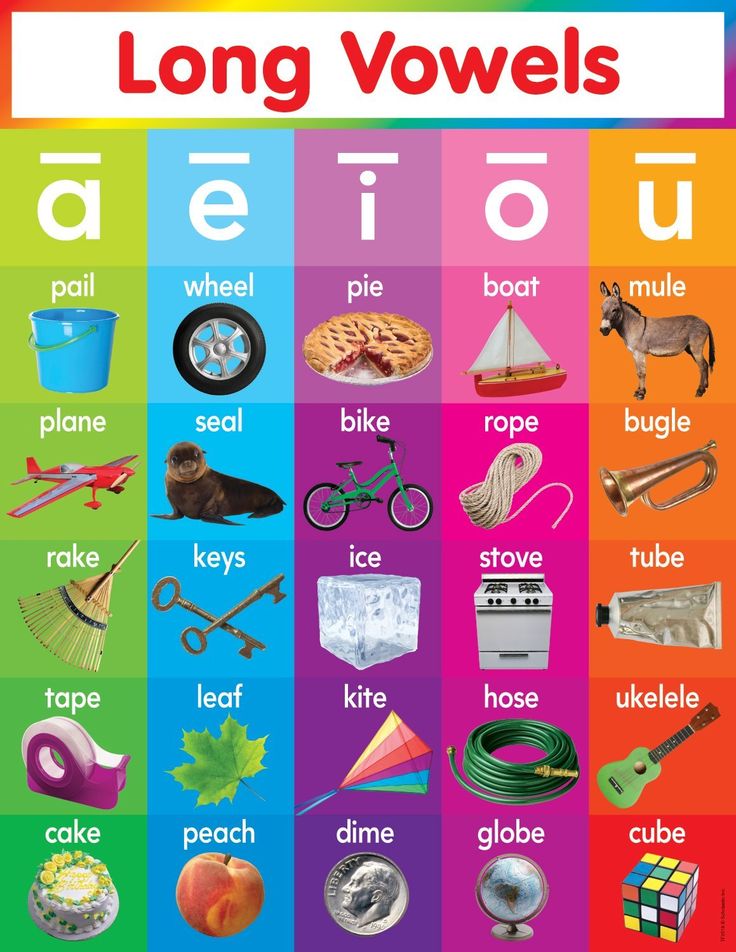 We try to repeat what we hear this way and that, until one day we suddenly understand how this or that sound is actually pronounced and, most importantly, why. And so many times. Here I have offered you a little hint. Armed with it, start paying attention to how English vowels are pronounced by native speakers themselves, and be sure to try to repeat after them. And if you have any questions feel free to ask them in the comments. You can also subscribe to our English Pronunciation Course for free, which will greatly speed up your progress.
We try to repeat what we hear this way and that, until one day we suddenly understand how this or that sound is actually pronounced and, most importantly, why. And so many times. Here I have offered you a little hint. Armed with it, start paying attention to how English vowels are pronounced by native speakers themselves, and be sure to try to repeat after them. And if you have any questions feel free to ask them in the comments. You can also subscribe to our English Pronunciation Course for free, which will greatly speed up your progress.
table, transcription and pronunciation, reading
Sounds that represent English letters - 44 English phonemes, which are divided into two categories: consonants and vowels. Since sounds cannot be written down, graphemes (letters or combinations of letters) are used to convey sounds in writing.
English alphabet
There are 26 letters in English. The standard English alphabet starts with a and ends with z.
When classifying alphabetic characters, they distinguish:
- 5 pure vowels: a, e, i, o, u;
- 19 pure consonants: b, c, d, f, g, h, j, k, l, m, n, p, q, r, s, t, v, x, z;
- 2 semivowels: y, w.
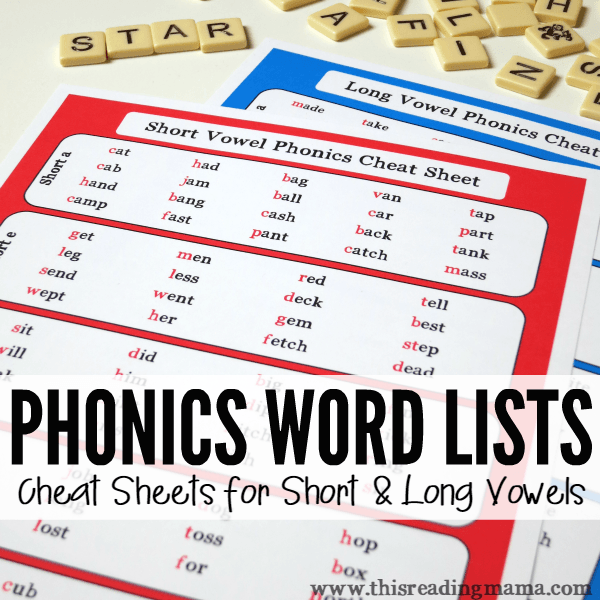
Learning the English alphabet requires knowledge of both the symbol that represents each letter and the phonetic sounds associated with that letter. Learning English phonetics is difficult. Only a small number of letters have no exceptions in the main sound.
In most cases each letter has several phonemes. The letter B sometimes sounds like bat (bet) or does not sound, for example, in the words crumb (krum), dumb (dam). The letter C sounds like "k" for cat (ket) or "c" for ceiling (si:ling), or "tch" for church (tche:tch). And the list of exceptions is endless.
Vowels
Vowels represent the main category of phonemes in English speech. There are 20 vowels in spoken English. This discrepancy (in relation to literal characters) underlies the complexity of writing in English.
| Short | Long | Diphthongs |
| a [æ] | A (ā) [eı] | [eɪ] |
| e [ɛ] | E (ē) [i:] | [aɪ] |
| i [ɪ] | I (ī) [aı] | [ɔɪ] |
| o [ɒ] | O (ō) [ou] | [ɪə] |
| u [ʌ] | U (ū) [ju:] | [eə] |
| [ʊə] | ||
| [əʊ] | ||
| [aʊ] |
Additional vowels are used for short and long vowels.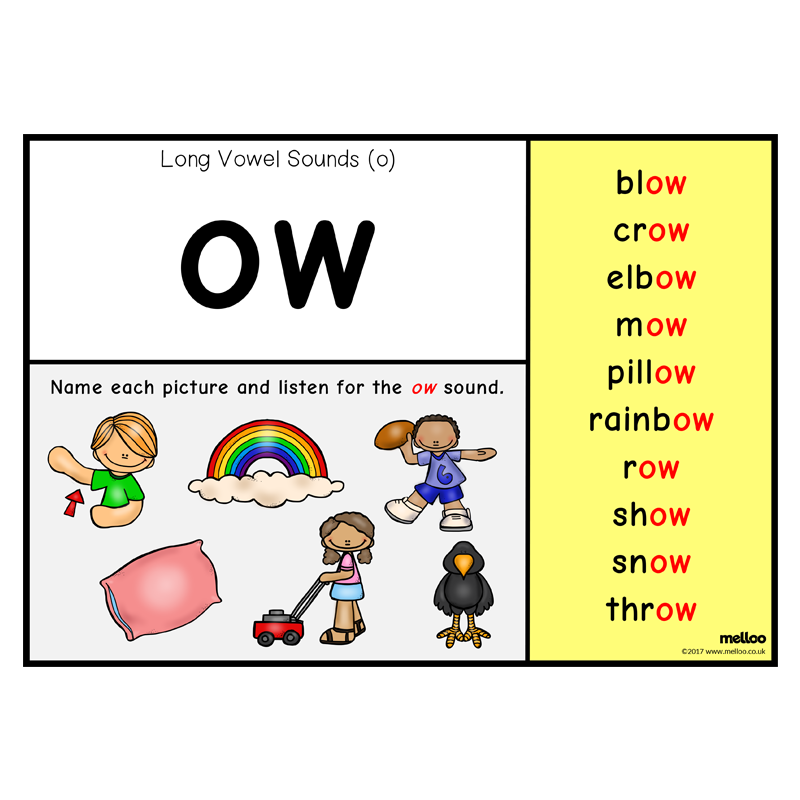 For sounds a and e - when the vowel accompanies the sound r. For o, the options are varied.
For sounds a and e - when the vowel accompanies the sound r. For o, the options are varied.
ARVE Error: Mode: lazyload not available (ARVE Pro not active?), switching to normal mode
ARVE Error: src mismatch
provider: youtube
url: https://www.youtube.com/watch?v=CsD_pOrq0t8
src in org: https://www.youtube-nocookie.com/embed/CsD_pOrq0t8?wmode=transparent&rel=0&feature=oembed
src in mod: https://www.youtube-nocookie.com/embed/CsD_pOrq0t8?wmode=transparent&rel=0
src gen org: https://www.youtube-nocookie.com/embed/CsD_pOrq0t8
Consonants
| Silent | Voiced | Other |
| p | b | c |
| t | d | h |
| k | g | |
| f | v | l |
| s | z | m |
| n | ||
| q | ||
| r | ||
| w | ||
| x | ||
| and |
Alphabetical order
Transcription and stress
Phonetic transcriptions tell about the pronunciation of words.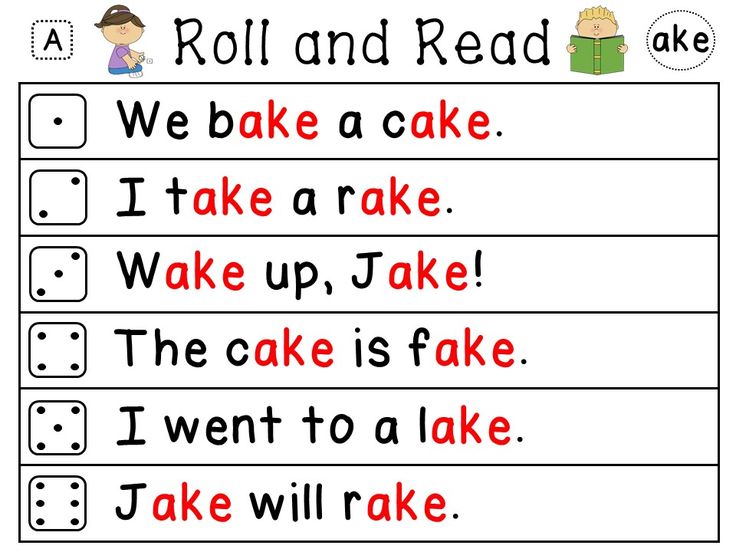 In English dictionaries, this is a necessary condition, since the spelling does not say how the word is pronounced.
In English dictionaries, this is a necessary condition, since the spelling does not say how the word is pronounced.
Phonetic transcriptions are written in the International Phonetic Alphabet (IPA), in which each English sound is assigned its own symbol. For example, the IPA-based phonetic transcription of the word home is /hoʊm/, the transcription of come is /kʌm/, despite the fact that the spelling of the words is similar (both end in –ome), but are transcribed with differences.
| Vowels | Consonants |
| - | b |
| ɑ: | d |
| æ | f |
| e | g |
| ə | h |
| ɜ:ʳ | |
| ɪ | to |
| i: | l |
| ɒ | m |
| ɔ: | n |
| ʊ | ŋ |
| u: | p |
| aɪ | r |
| aʊ | s |
| eɪ | ʃ |
| or | t |
| tʃ | |
| eəʳ | θ |
| ɪəʳ | to |
| ʊəʳ | v |
| w | |
| z | |
| - | |
| dʒ |
The Rules do not fully cover aspects of stress in English words. The language is characterized by the presence of exceptions, and the English themselves make mistakes, especially in polysyllabic words.
The language is characterized by the presence of exceptions, and the English themselves make mistakes, especially in polysyllabic words.
But obviously some basic rules still apply:
- In 80% of two-syllable nouns and adjectives, the stress falls on the first syllable: PURple, PREsent, CARton, TABle, CLEver, CHIna.
- Most verbs and two-syllable prepositions have the stress on the second syllable: reLAX, beCIN, deCIde, betWEen.
- In English there are many two-syllable words of the same spelling that will refer to nouns or verbs depending on whether the stress falls on the first or second syllable. For example, PREsent as a noun, but if the second syllable of preSENT is emphasized, it becomes a verb, or OBject and obJECT.
- The stress falls on the syllable before the suffix if the "ending" begins with the letters i or u: -ion, -ual, -uous, -ial, -ient, -ious, -ior, -ic, -ity, and so on .
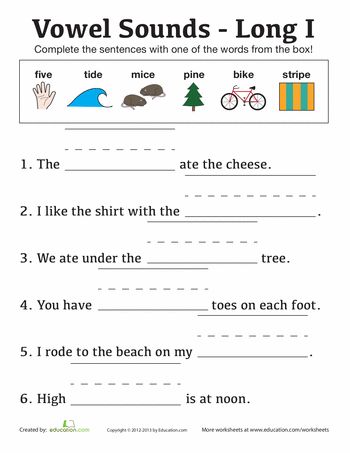 Examples: sufFICient, explaNAtion, residual, geoGRAPhic. The exceptions are -ist, -ism, -ize, and -ing.
Examples: sufFICient, explaNAtion, residual, geoGRAPhic. The exceptions are -ist, -ism, -ize, and -ing. - Other suffixes do not affect word stress: -al, -ous, -ly, -er, -ed, -ist, -ing, -ism, etc. The stress falls on the first syllable. ORderly, Silently
- Words ending in consonants or y are stressed on the first syllable: RARity, OPtimal.
Prefixes in two-syllable words are not stressed except in certain nouns or adjectives. Two-syllable nouns beginning with a prefix are studied individually.
English consonants
There are fewer consonants in the English alphabet than there are consonants. Therefore, digraphs like "ch", "sh", "th" and "zh" are used to expand the alphabet, and some letters and digraphs represent more than just one consonant. For example, the sound written "th" in this is transcribed as /ð/, and "th" in thin is /θ/.
English consonants are classified by their combination of functions:
- Way of articulation (how air leaves the vocal tract).

- Place of formation (which authorities are involved).
- Phonation (how vocal chords vibrate).
- Voicing start time (time of sounds formation), aspiration is part of the function.
- Air flow mechanism (how air moves through the vocal tract).
- The length of (how long the obstruction of a consonant lasts) is a feature of the English language, such as wholly /hoʊlli/ and holy /hoʊli/.
- Articulation power.
In addition, there is a function "mute alveolar stop" , /t/ when the airflow mechanism is lowered.
According to the method of formation, consonants are divided into:
- Proximants: j, w, r.
- Nine fricative consonants: f, v, θ, ð, s, z, ʃ,ʒ,h.
- Lateral approximant: l.
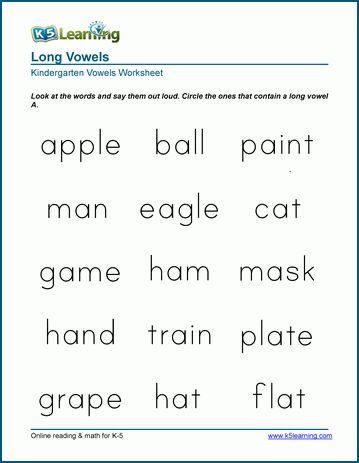
- Two affricative sounds: tʃ and dʒ.
- Six plosives: p,b, t, d, k, g.
- Nasal consonants: m, n, ŋ.
The sound - [x] - a voiceless fricative - is non-standard for the English language. Although in some original words, such as ugh (ugh!), Is an additional marker of irritation. In writing, the fricative is represented as "gh".
Are you tired of learning English for years?
Our readers recommend trying 5 free lessons of the course "ENGLISH TO AUTOMATIC" with Anastasia Bozhok.
Those who attend even 1 lesson learn more than in a few years! Surprised?
Get 5 free lessons here...
No homework. Without teeth. Without textbooks
From the course "ENGLISH TO AUTOMATIC" You:
- Learn how to write good sentences in English without learning grammar
- Learn the secret of a progressive approach that can reduce your English learning from 3 years to 15 weeks
- You will check your answers instantly + get a thorough analysis of each task
- Download dictionary in PDF and MP3 formats , learning tables and audio recording of all phrases
Get 5 free lessons here
Features of English consonants
A consonant combination is a set of two or three consonant letters that retain their original sound when pronounced.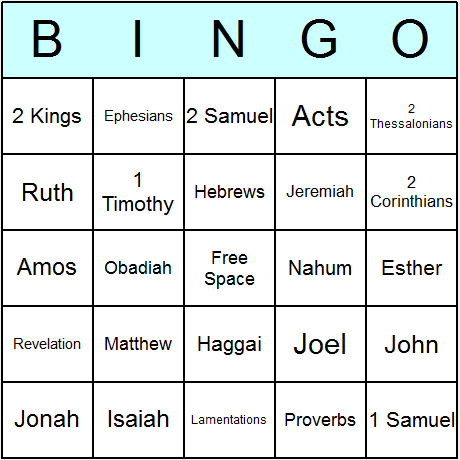 Such sets occur either at the beginning or at the end of a word. For example, the word brave, in which both "b" and "r" are pronounced, is the initial combination. In the word bank "-nk" is the final combination.
Such sets occur either at the beginning or at the end of a word. For example, the word brave, in which both "b" and "r" are pronounced, is the initial combination. In the word bank "-nk" is the final combination.
Classification:
- Initial combinations are classified into sets with "l", "r", and "s". In "l", the combination ends with "l". An example would be the letters "bl" in the word blind. Similarly, the final sound in "r" in combination with "r" when "br" and "cr", for example, in the words bridge, crane. On the contrary, in "s" it starts with s, "st" and "sn" - stap, snail.
- End combinations are grouped into sets with "s", "l" and "n": -st, -sk, -ld, -nd, -nk. Examples, first, desk, gold, sand, sink.
- In some cases, consonants become unpronounceable: letter b following m; k before m; b and p before t.
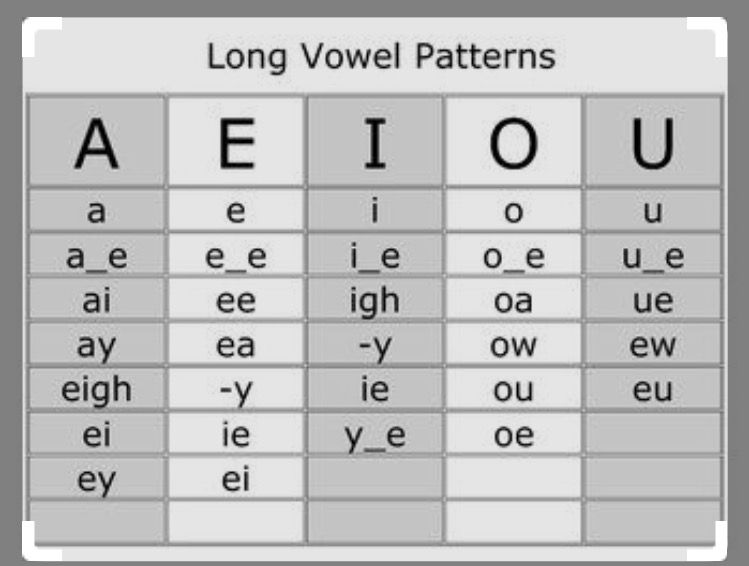 Examples of words, dumb, know, debt, receipt. The letter l is often silent, for example, in the words walk, could, palm, psalm, but in words its presence changes the sound of the previous vowel.
Examples of words, dumb, know, debt, receipt. The letter l is often silent, for example, in the words walk, could, palm, psalm, but in words its presence changes the sound of the previous vowel. - If a double consonant appears in a word, it is pronounced as one sound - ball or summer
- In English, /h/ occurs as a one-letter grapheme (either unpronounceable or representing a voiceless glottal fricative consonant). There is also a letter in different digraphs, ch, gh, ph, sh, wh. The letter is silent in the words: ah, ohm, dahlia, cheetah, pooh-poohed, hour, honest, vehicle, herb (in American English, but pronounced in British). The initial /h/ is expressed in some function words (had, has, have, he, her, him, his).
- as a long sound;
- as a short sound;
- as a neutral vowel (schwa).
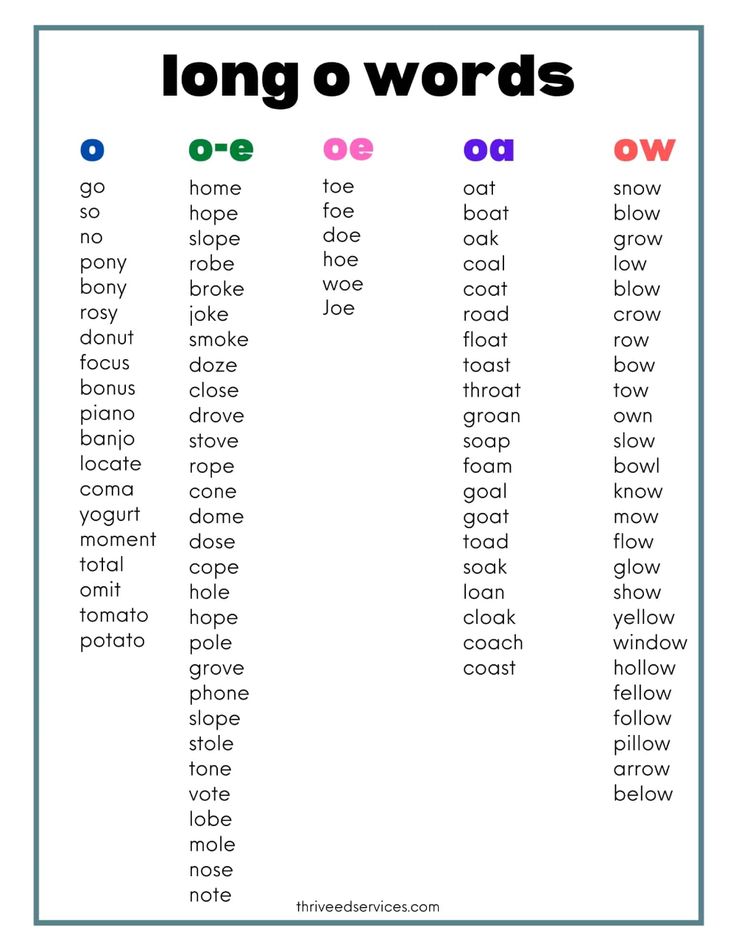
- Short vowels are followed by certain combinations of consonants (-ck or –st) in longer words, as well as in the form of verbs and past participles (stick, common, running) , swimming).
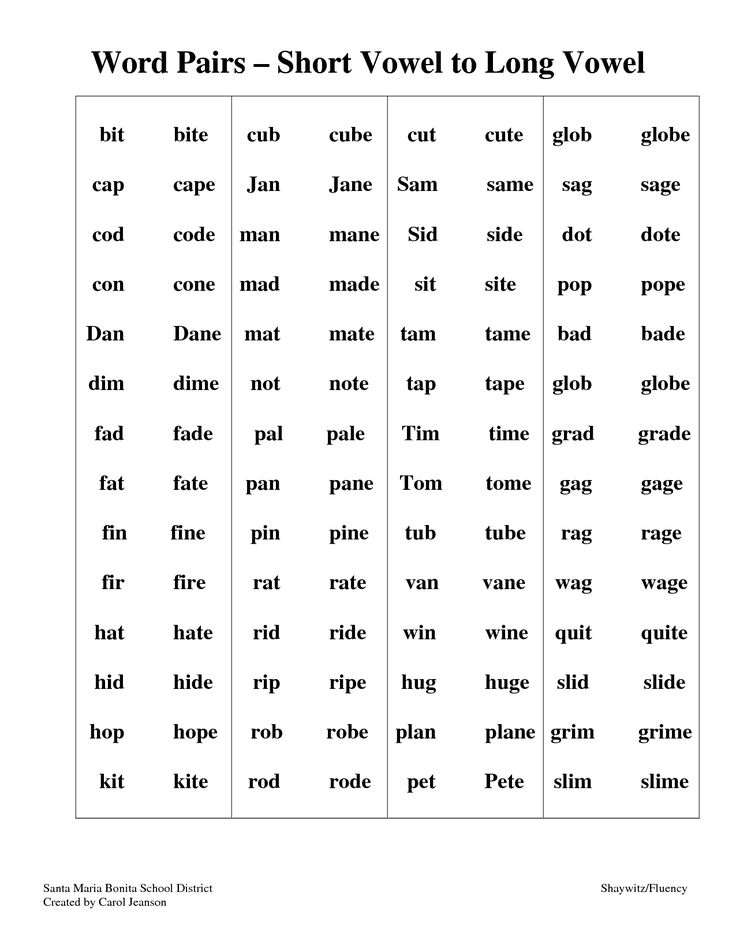
- Long vowels are pronounced the same as their letter name . Usually these types of vowels appear when there is one vowel at the end of a word or syllable, for example, bake, late, home.
- Another rule for long vowels, when there are two vowels in a row, the first one is pronounced. If there are two vowels in a word and a syllable, the first one is usually long, the second one is unpronounceable. For example, sail [seil] or boat [bout]. But it is important to note that there are exceptions to the rule: rule [ru:l], said [sed], shoe [ʃu:].
- The silent "e" is sometimes called the magic e. Adding an unpronounceable e changes how the word and vowel sound will be read. For example, can (can) becomes cane (reed), kit (set) into kite (kite), and short vowels become long.
- a in about, around, approve, above [ə bʌv];
- e in accident, mother, taken, camera [kæmərə];
- i в, family, lentil, officer pencil [pɛnsəl];
- o in memory, common, freedom, purpose, London [lʌndən];
- u in supply, industry, suggest, difficult, succeed, minimum [mɪnɪməm];
- and even y in sibyl;
- schwa appears in function words: to, from, are.
- Monophthongs are pure and stable vowels whose acoustic characteristics (timbre) do not change during the time they are pronounced.
- A diphthong is a sound formed by a combination of two adjacent vowels in one syllable.
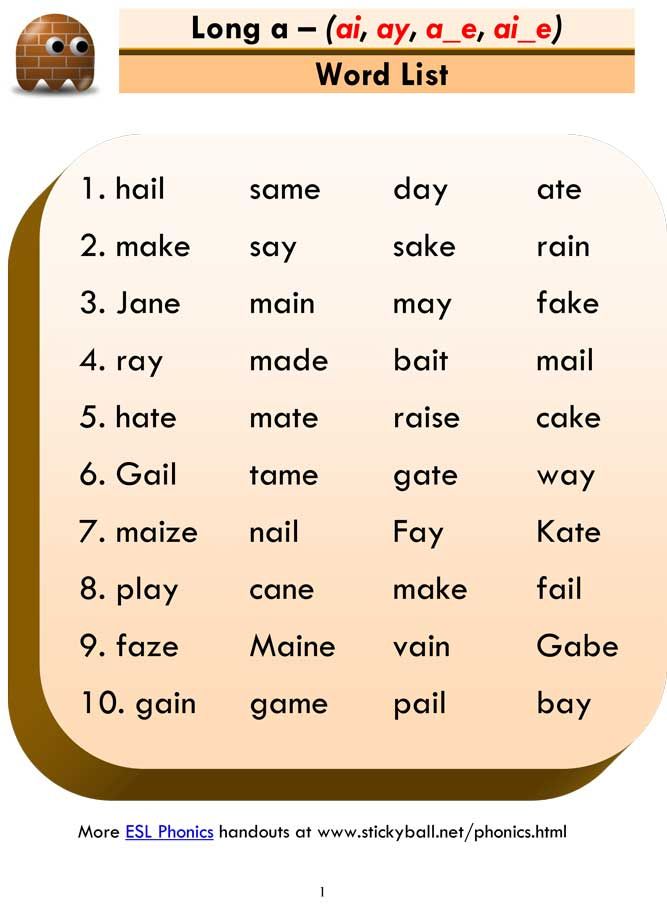 Technically, the tongue (or other parts of the speech apparatus) moves when a vowel is pronounced - the first position is stronger than the second. In the transcription of a diphthong, the first character is the starting point of the body of the language, the second character is the direction of movement. For example, you should know that in /aj/ the body of the tongue is in the bottom center position represented by /a/ and immediately starts moving up and forward to the position for /i/.
Technically, the tongue (or other parts of the speech apparatus) moves when a vowel is pronounced - the first position is stronger than the second. In the transcription of a diphthong, the first character is the starting point of the body of the language, the second character is the direction of movement. For example, you should know that in /aj/ the body of the tongue is in the bottom center position represented by /a/ and immediately starts moving up and forward to the position for /i/. - Diphthongs are often formed when separate vowels work together in rapid conversation . Usually (in the speaker's speech) the body of the tongue does not have time to get to the position /i/. Therefore, the diphthong often ends closer to /ɪ/ or even to /e/. In the diphthong /aw/, the body of the tongue moves from the lower center position /a/, then moves up and back to the position /u/. Although single diphthongs are also distinguished, which are heard as separate vowel sounds (phonemes).
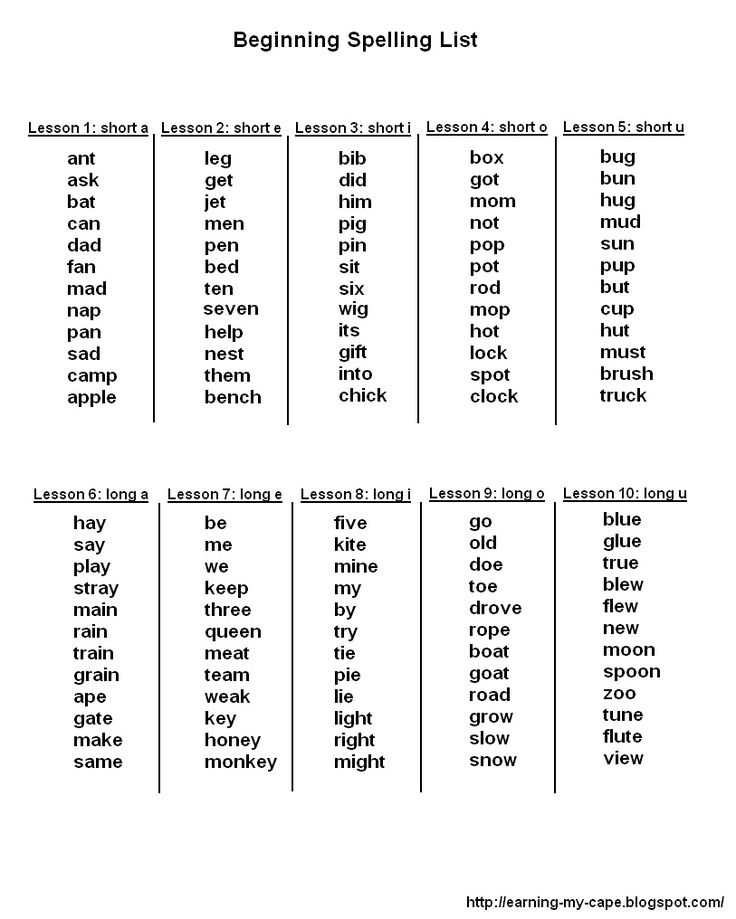
- English also has triphthongs (combinations of three adjacent vowels), including three sound types, for example, fire /fʌɪə/, flower /flaʊər/. But in any case, all diphthongs and triphthongs are formed from monophthongs.
- As transcription becomes more precise, brackets , not slashes, are used to denote IPA characters.
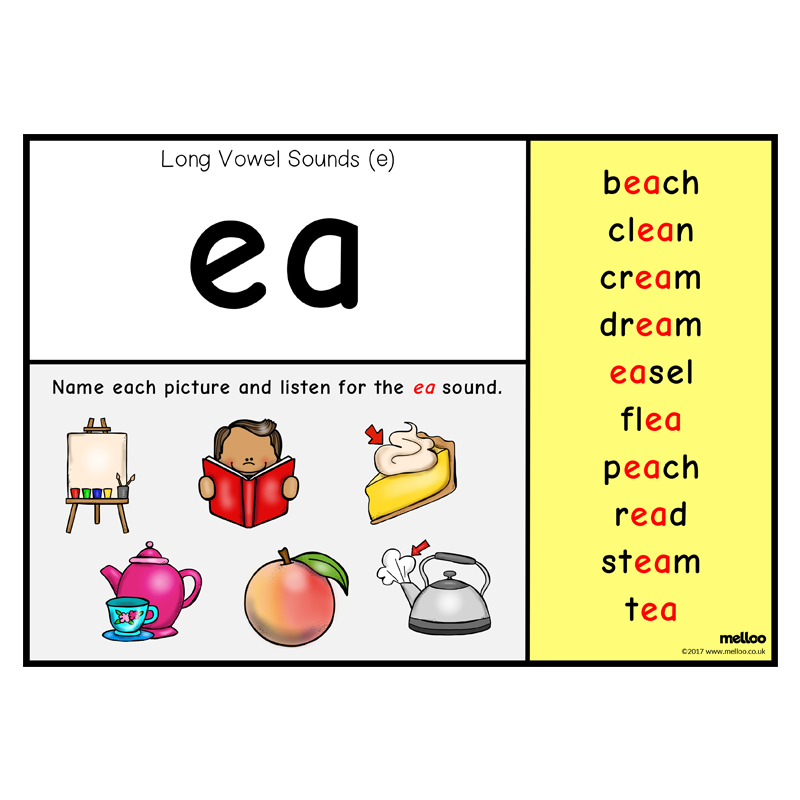 The reason for this is the difference between phonetics and phonemics, this is already a topic of linguistics.
The reason for this is the difference between phonetics and phonemics, this is already a topic of linguistics. - Sometimes an apostrophe is placed before a syllable, which emphasizes the stress in the word. For example, because – [bə'kʌz].
- To mark a long vowel, linguists use a colon (clean - [kli:n]).
- Syllabic consonants sometimes appear as syllable without the participation of a vowel, they are trying to be denoted by a small label under the IPA symbol. For example, /ɹ̩/–/ra/. /l/, /m/ and /n/ can become syllabic. The word table is a syllabic consonant, so it is transcribed as. [teɪbl], similar to hidden - [hɪdn].
- In some accents, such as American, /æ/ does not sound completely clear. When the sound is in front of a nasal consonant, it is distorted, becomes with a nasalized tone. If a British pronounces the word man with a pure /æ/, then in an American this sound is similar to [eə].
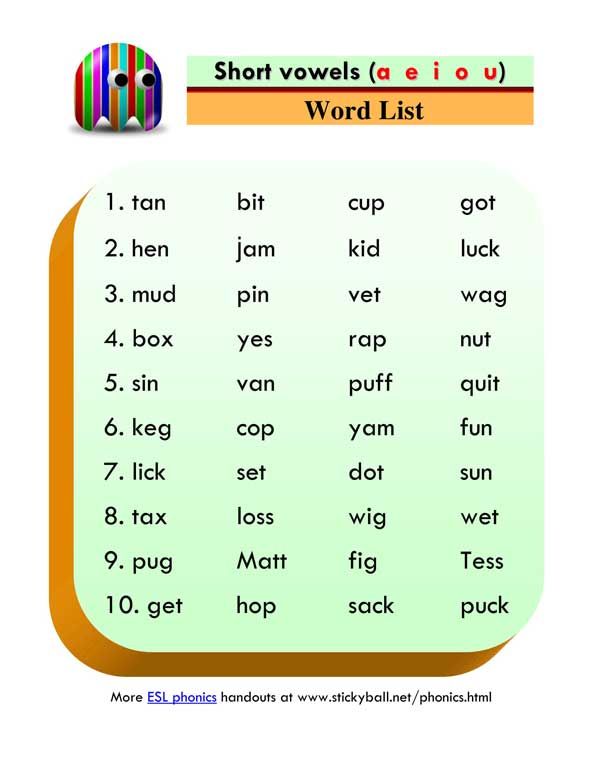
ARVE Error: Mode: lazyload not available (ARVE Pro not active?), switching to normal mode
ARVE Error: src mismatch
provider: youtube
url: https://www.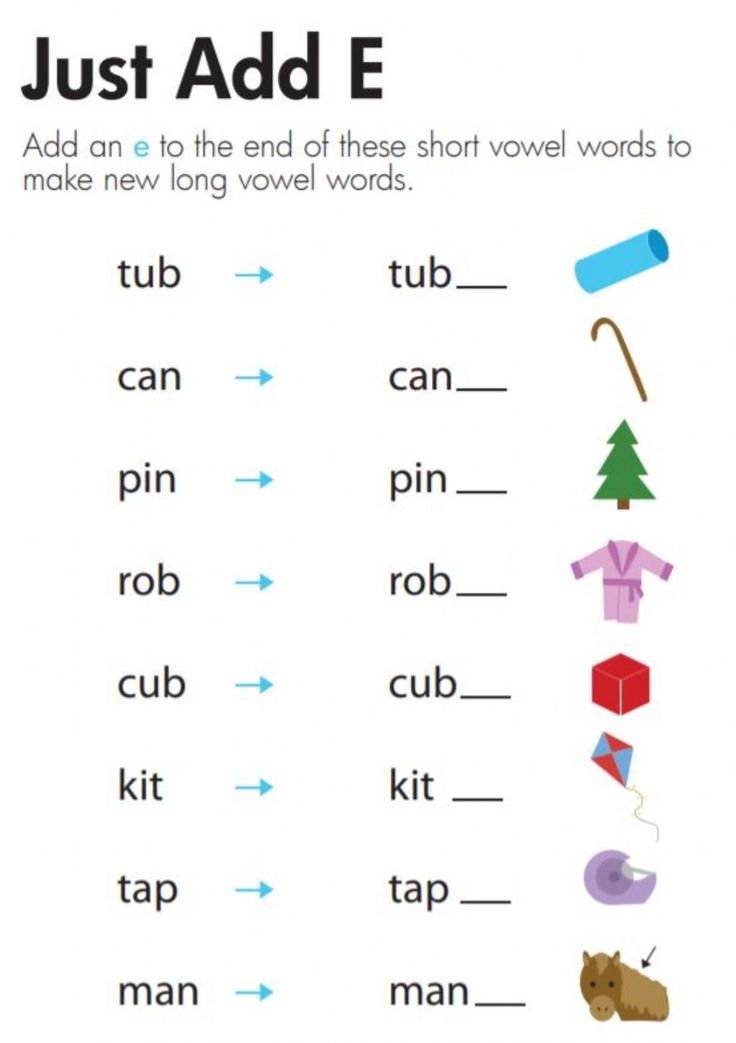 youtube.com/watch ?v=4BKtACTWlfo
youtube.com/watch ?v=4BKtACTWlfo
src in org: https://www.youtube-nocookie.com/embed/4BKtACTWlfo?wmode=transparent&rel=0&feature=oembed
src in mod: https://www.youtube-nocookie.com/embed/4BKtACTWlfo?wmode=transparent&rel=0
src gen org: https://www.youtube-nocookie.com/embed/4BKtACTWlfo
Digraphs
Consonant digraphs refer to a set of consonants forming one sound. Some digraphs are both at the beginning and at the end of the word - "sh", "ch" and "th". There are also strict initial and final digraphs - "kn-" and "-ck".
Examples of digraphs:
| Ch- | -ch |
| Kn- | - ck |
| Ph- | -sh |
| Sh- | -ss |
| Th- | -th |
| Wh- | -tch |
| Wr- |
Features of digraphs:
English Consonant Pronunciation Chart
[ŋ] is sometimes followed by the sound [g]. [ŋ] if "ng" is at the end of a word or a related word (sing, singer, thing), to "-ing", which translates verbs into participles or gerunds. [ŋg], if "ng" is not at the end of a word or in related words, also in comparative degrees (longer [lɔŋgə], longest). movement of the tongue close to the alveolar ridge, but without touching it Each English vowel is pronounced in three ways: There are 5 vowels in the English alphabet, but sometimes y becomes a vowel and is pronounced like i, and w replaces u, for example, in the digraph ow. Short vowels, which are characterized by a "short" sound, appear when a word has one vowel either at the beginning of a word or between two consonants. For example, if, elk, hop, fan. A typical short vowel pattern is consonant+vowel+consonant (CHS). Words are taught as families that represent groups of words with a common pattern, for example in the pattern "-ag" - bag, wag, tag or "-at" - cat, bat, hat. Rules for reading vowels: Features of reading vowels: The vowel sound in unstressed syllables is expressed by the abbreviated neutral sound ("schwa"), the phonemic symbol /ə/, especially if no syllabic consonants are used. For example: Vowels are divided into monophthongs, diphthongs or triphthongs. A monophthong is when there is one vowel in a syllable, a diphthong is when there are two vowels in a syllable. Let's take a closer look: ARVE Error: Mode: lazyload not available (ARVE Pro not active?), switching to normal mode All vowels are formed from only 12 monophthongs. Every word in English, regardless of spelling, is pronounced using some combination of these sounds. The table shows examples of simple English vowels with Russian pronunciation: Consider some of the features of English transcription: b bag [bæg], band [bænd], cab [kæb] bag, band, cab d d dad [dæd], did [dɪd], lady [leɪdɪ], odd [ɒd] dead, did, lady, od f f, ph, sometimes gh fable [feɪbl], fact [fækt], if [ɪf], off [ɒf], photo [foutou], glyph [glɪf] fable, fact, if, oof, foutow, glyph g g give [gɪv], flag [flæg] giv, flag h h hold [hould], ham [hæm] held, ham j usually represented by y but sometimes by other vowels yellow [jeləʊ], yes [jes], young [jʌŋ], neuron [njʊərɒn], cube [kju:b] ielou, ies, yang, n(b) yueron, k(b) yu:b - the sound j is similar to the vowel sound i:. 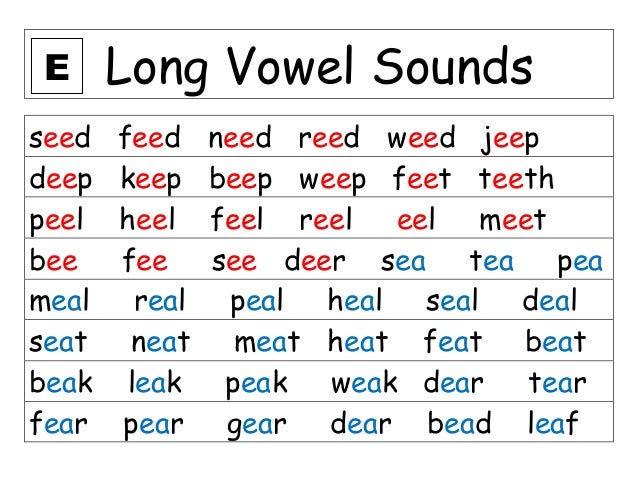
k k, c, q, que, ck, sometimes ch cat [kæt], kill [kil], queen [kwi:n], skin [skɪn], thick [θɪk], chaos [keiɒs] cat, kil, qui:n, sik, keyos l l lane [lein], clip [klɪp], bell [bel], milk [mɪlk], sould [səʊld] lane, clip, bel, milk, sould - has two sound options: pure /l/ before a vowel, “darkened” /ɫ/ before a consonant or at the end of a word m m man [mæn], them [ðem], moon [mu:n] man, zem, mu:n n n nest [nest], sun [sʌn] nest, san ŋ ng ring [rɪŋ], sing [sɪŋ], finger [fɪŋgə] 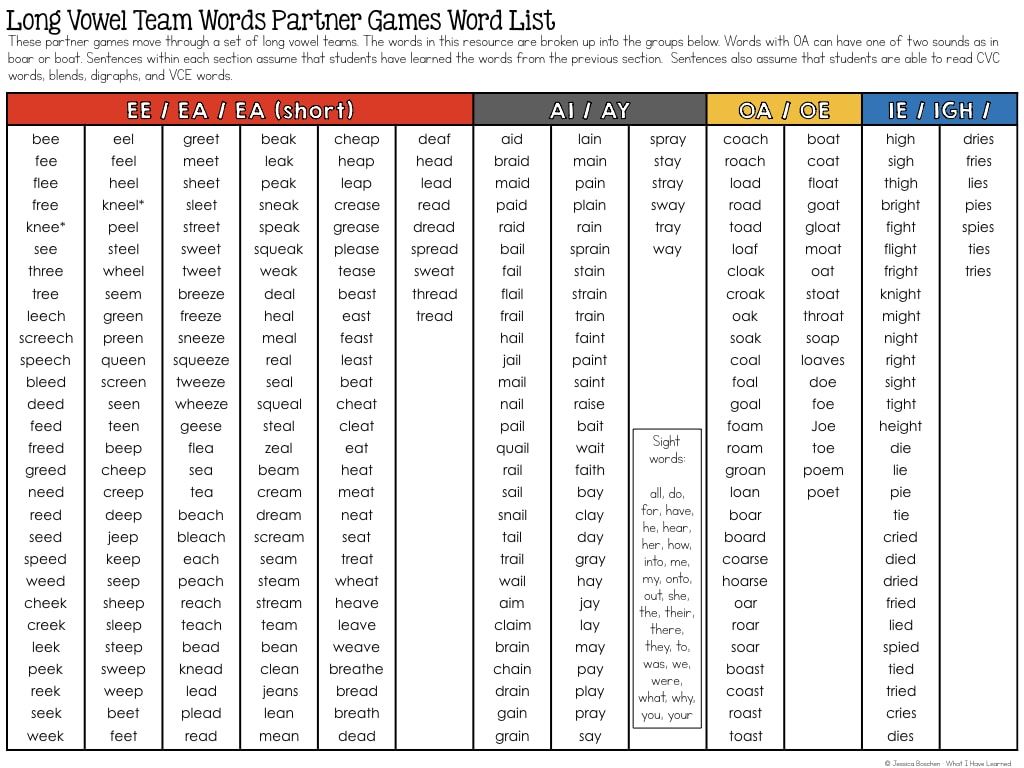
/ring/, /sing/, /finge/ p p pen [pen], spin [spɪn], tip [tɪp], happy [hæpɪ] pen, spin, type, happy r r rat [ræt], reply [rɪplaɪ], rainbow, [reɪnbəʊ] rat, ripple, rainbow - s s, sometimes c see [si:], city[sɪtɪ], pass [pɑ:s], lesson [lesn] si:, pa:s, forest ʃ sh, si, ti, sometimes s she [ʃi:], crash [kræʃ], sheep [ʃi:p], sure [ʃʊə], session [seʃn], emotion [ɪməʊʃn], leash [li:ʃ] shi:, crash, shi:p, shue, session, imashn, li:sh t t taste [teist], sting [stɪŋ] test, sting tʃ ch, sometimes t chair [ʧɛə], nature [neɪʧə] teach [ti:ʧ] beach [bi:ʧ] t che e ne t che, ti: t h, bi: t h θ th thing [θɪŋ], teeth [ti:θ], Athens [æθɪnz[ t sing, ty: t s, e t voiceless fricative ð th this [ðɪs], mother [mʌðə] d sis, ma d ze – voiced fricative v v, sometimes f voice [vɔɪs], five [faɪv], of [ɔv] voice, file, ov w w, sometimes u wet [wet], window [wɪndəʊ], queen [kwi:n] in in no, in in indeu, ku in i:n - [w] is similar to [u:] z z zoo [zu:], lazy [leɪzɪ] zu: lazy - g, si, z, sometimes s genre [ʒɑːŋr], pleasure [pleʒə], beige [beɪʒ], seizure [si:ʒə], vision [vɪʒən] genre e , Pleasure, Beige, B:Je, Vision dʒ j, sometimes g, dg, d gin [ʤɪn], joy [ʤɔɪ], edge [eʤ] gin, joy, ej English vowels
Rules for reading vowels
Sound Letter Examples [æ] a rag, sag, ram, jam, gap, sap mat [ɛ] and hen, pen, wet, bet, let [ɪ] and pig, wig, dig, pin, win, tin, tin, bit [ɒ] or hop, pop, top, hot, pot, lot [ʌ] and bug, lug, tug, hut, but, cut
Sound Writing Examples A [eı] ai, ay, a+consonant+e name, mail, grey, ace E [i:] e, ee, ea, y, ie ,ei, i+consonant+e he, deep, beast, dandy, thief, receive, elite I[aı] i, i+gn, igh, y, i+ld, i+nd mine, sign, high, sky, wild, kind O [ou] o+consonant +e, oa, ow, o+ll, ld tone, road, note, know, roll, bold U[ju:] ew, ue, u+consonant+e few, due, tune 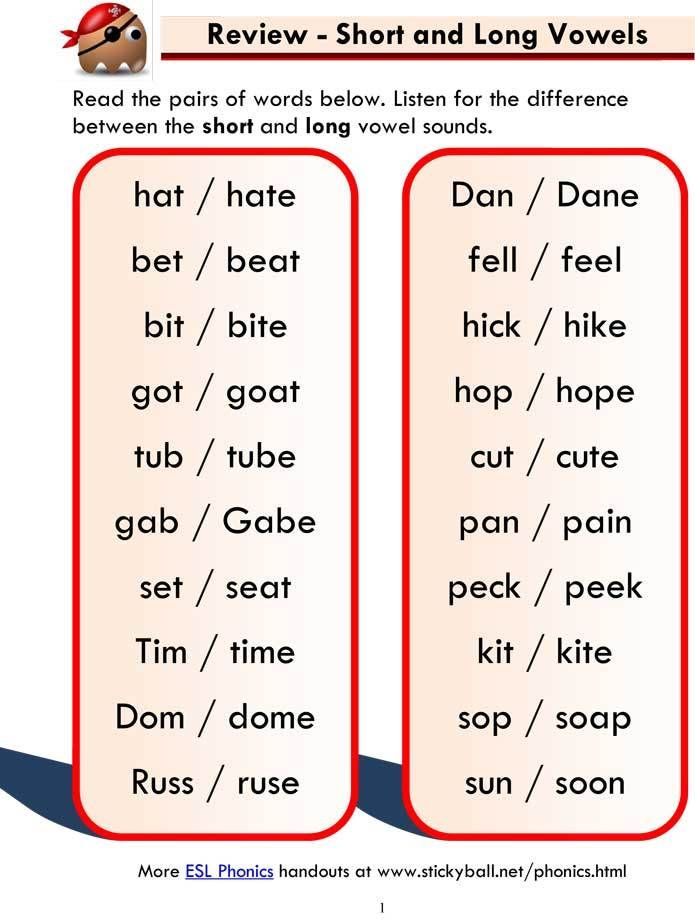
Features of vowel sounds in English
ARVE Error: src mismatch
provider: youtube
url: https://www.youtube.com/watch ?v=hFhW0NQTBV0
src in org: https://www.youtube-nocookie.com/embed/hFhW0NQTBV0?wmode=transparent&rel=0&feature=oembed
src in mod: https://www.youtube-nocookie.com/embed/hFhW0NQTBV0?wmode=transparent&rel=0
src gen org: https://www.youtube-nocookie.com/embed/hFhW0NQTBV0 Pronunciation table simple English vowels
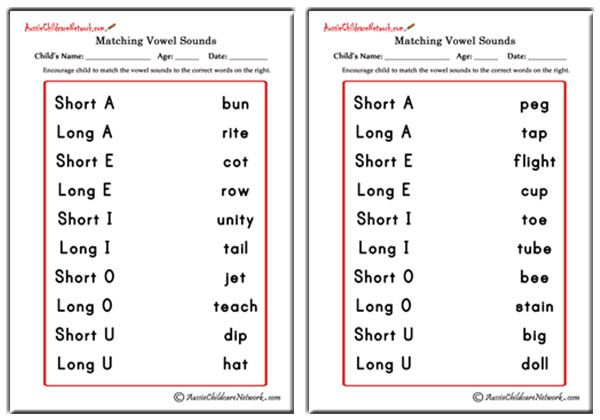
[ɪ] pit, kiss, busy pete, kitty, beezy [e] egg, let, red eg, years, revision [æ] apple, travel, mad apple, travel, med [ɒ] not, rock, copy music, rock, mine [ʌ] cup, son, money cap, dignity, mani [ʊ] look, foot, could bow, foot, cool [ə] ago, away egeu, evai [i:] be, meet, read bi:, mi:t, ri:d [ɑ:] arm, car, father a:m, ka:, fa: d ze [ɔ:] door, saw, pause to:, from:, to: from [ɜ:] turn, girl, learn cho:n, gyo:l, le:n [u:] blue, food, too blu:, fu:d, tu: Diphthong pronunciation table
[eɪ] day, pain, rein dei, pein, rein [oʊ] cow, know coe, know [aɪ] wise, island visa, island [aʊ] now, trout nau, trout [ɔɪ] noise, coin noiz, coin [ɪə] near, hear nee, chie [ɛə] where, air , [ʊə] pure, tourist p (b) yue, tu e rist Learn the transcription of English words

